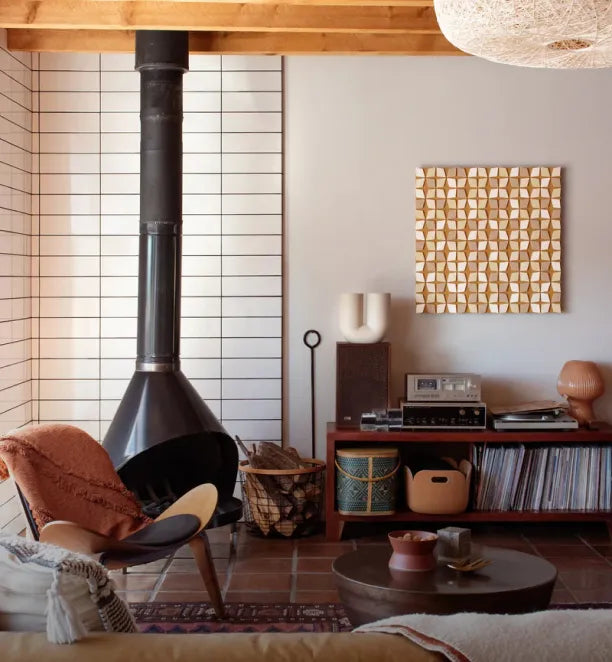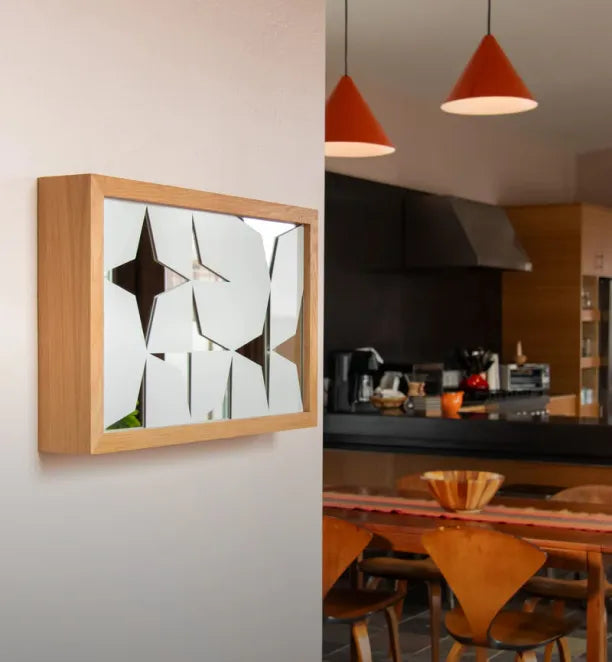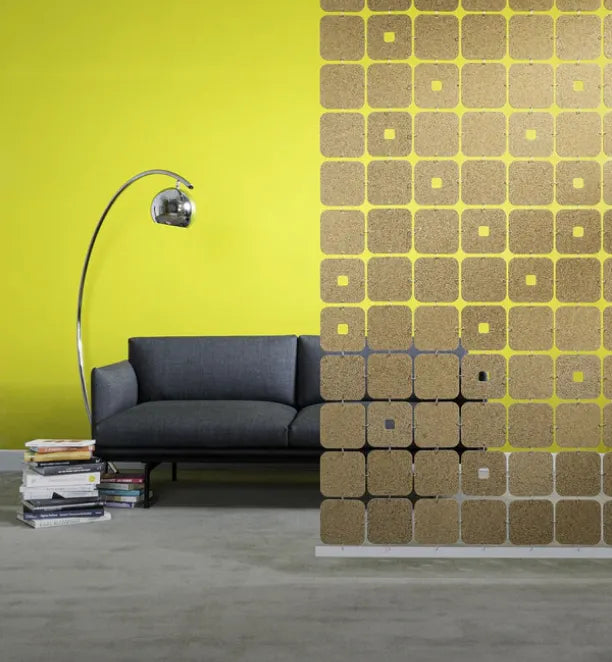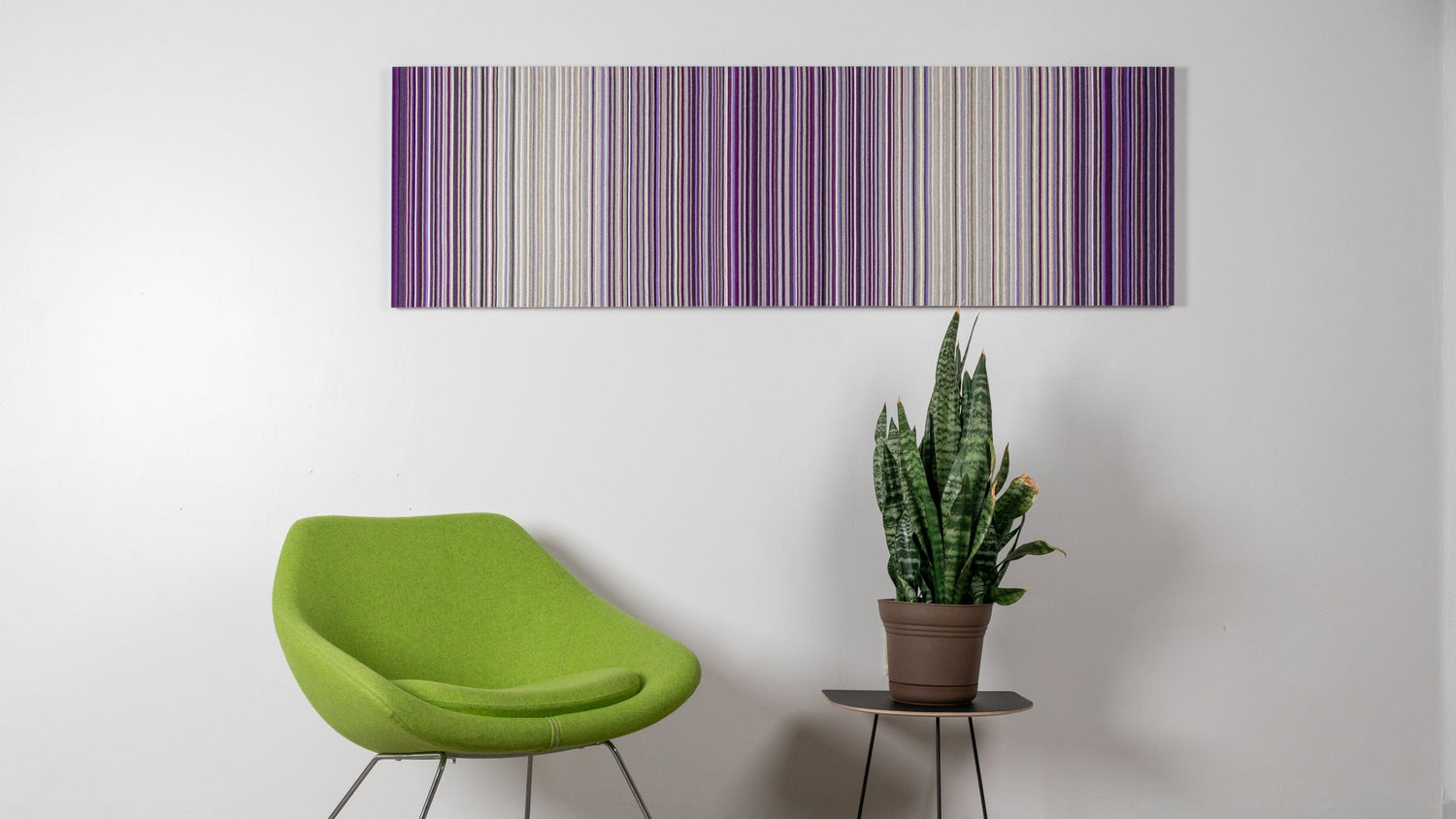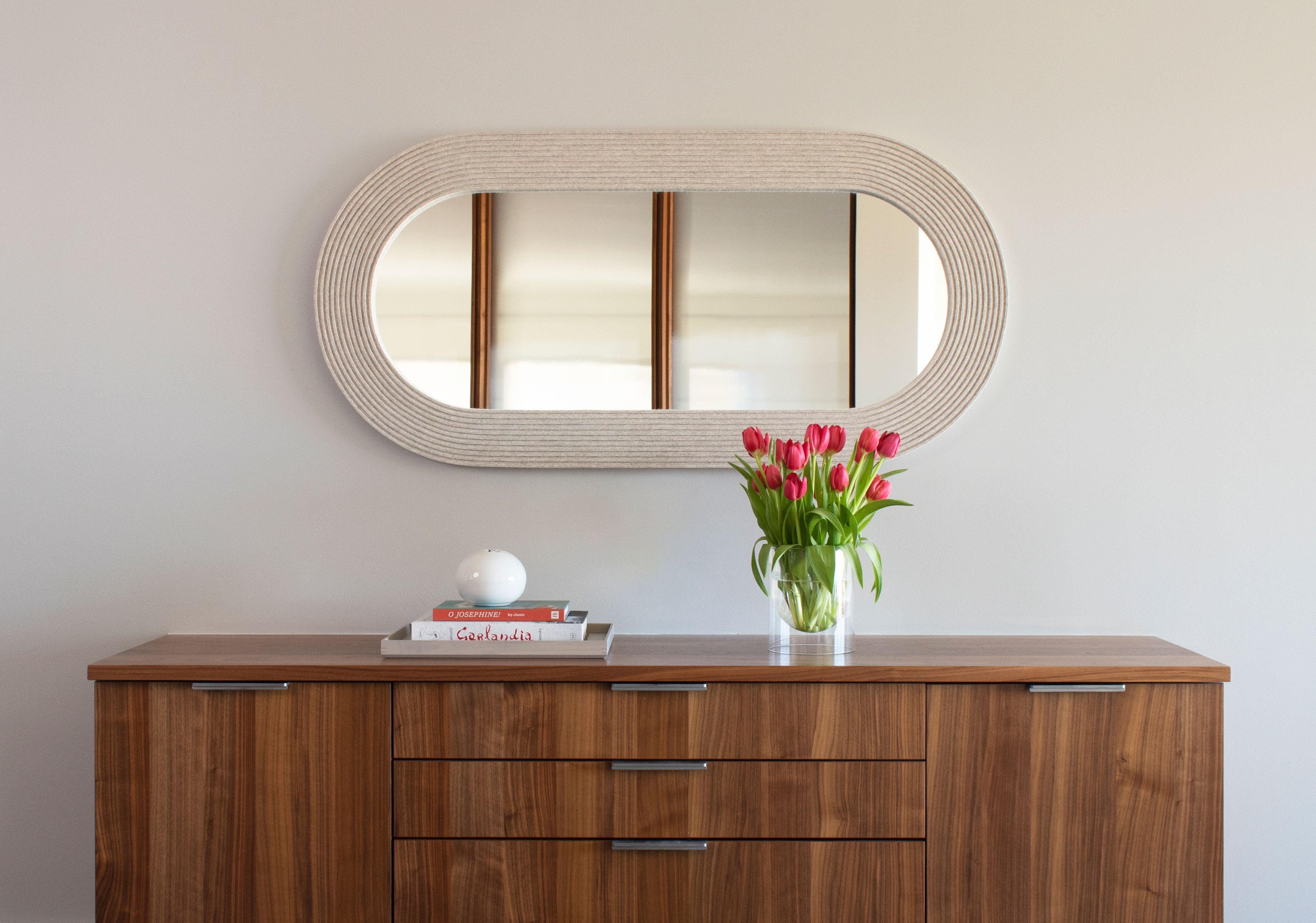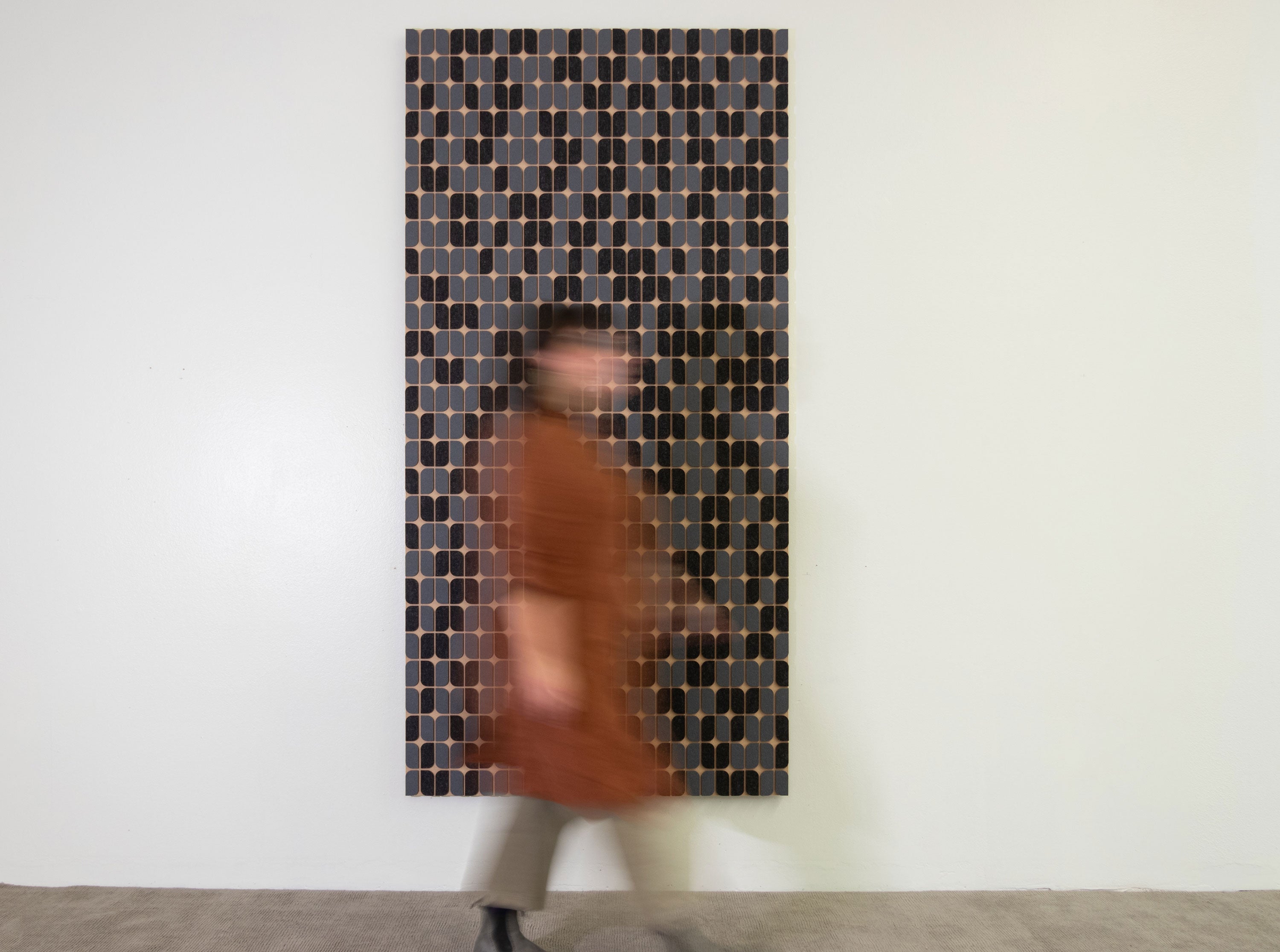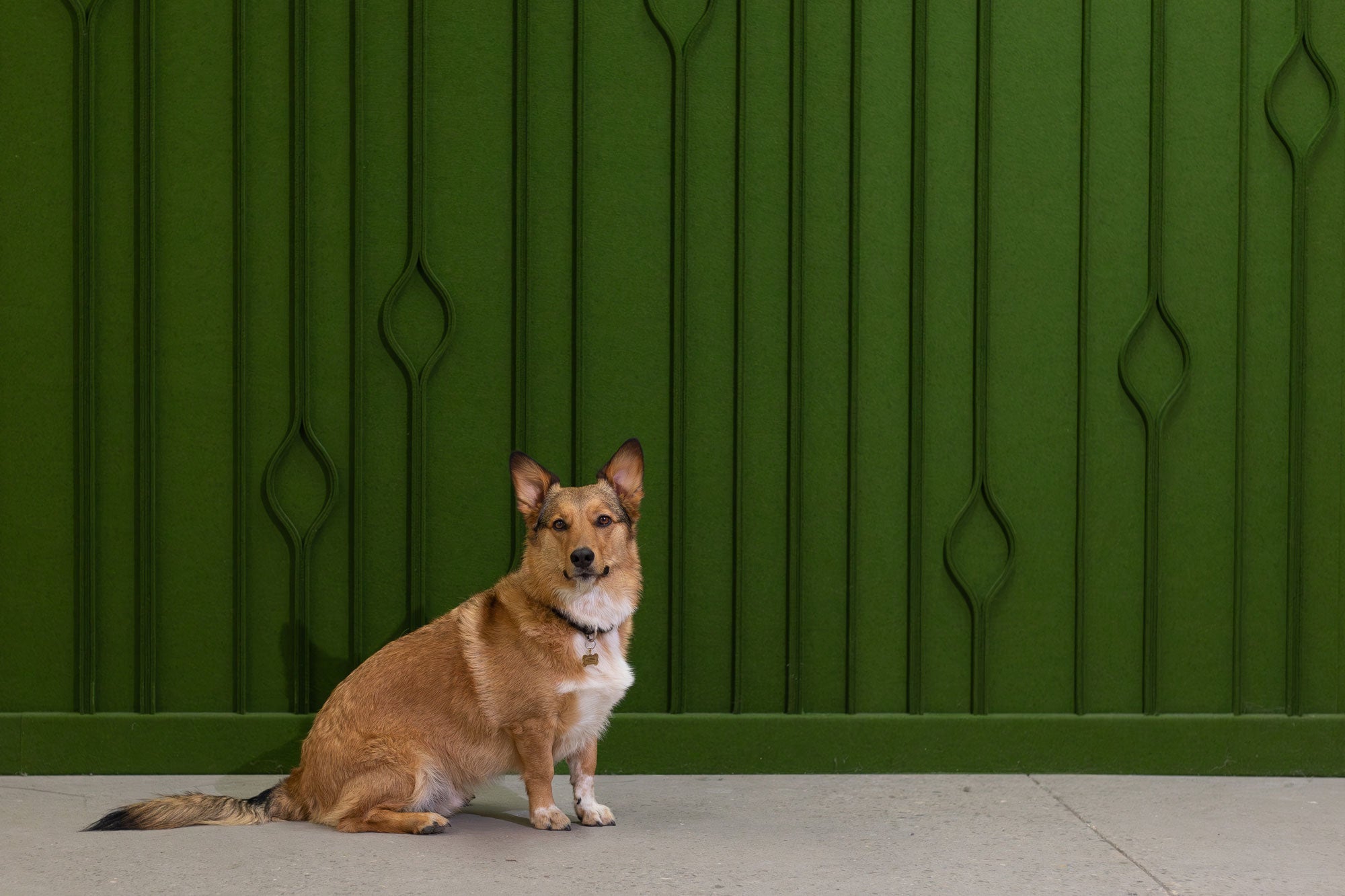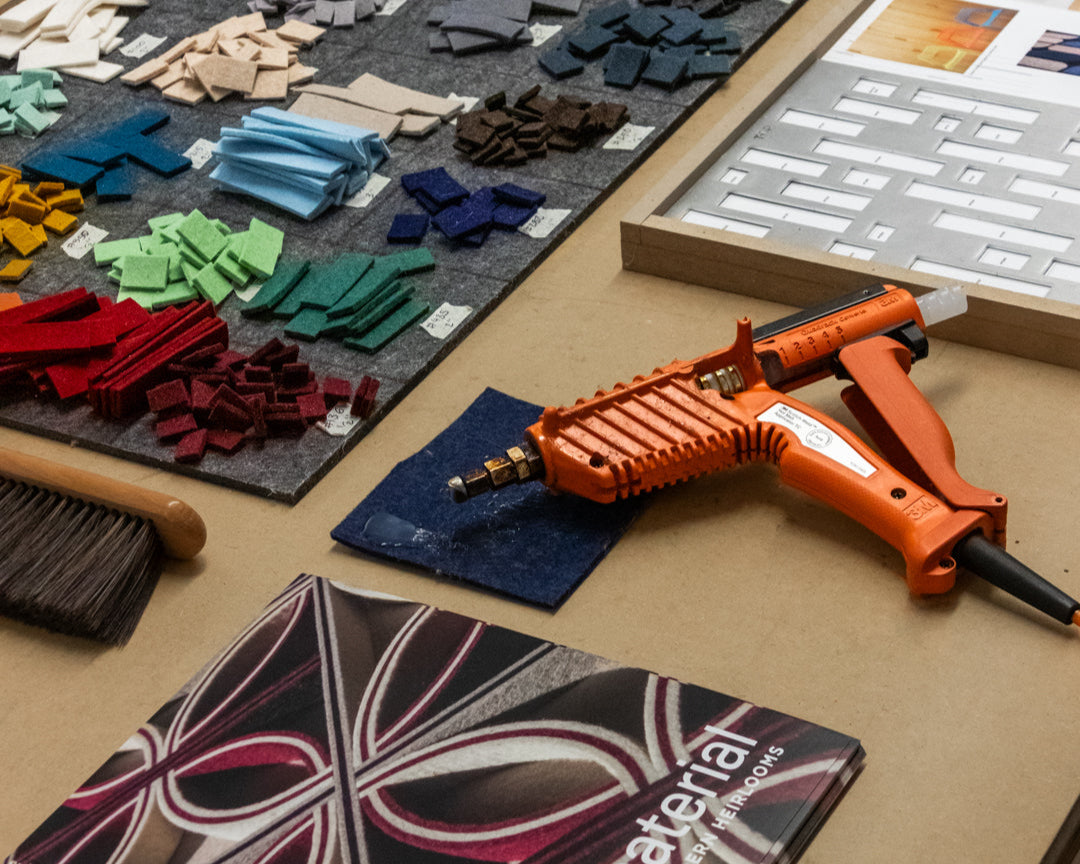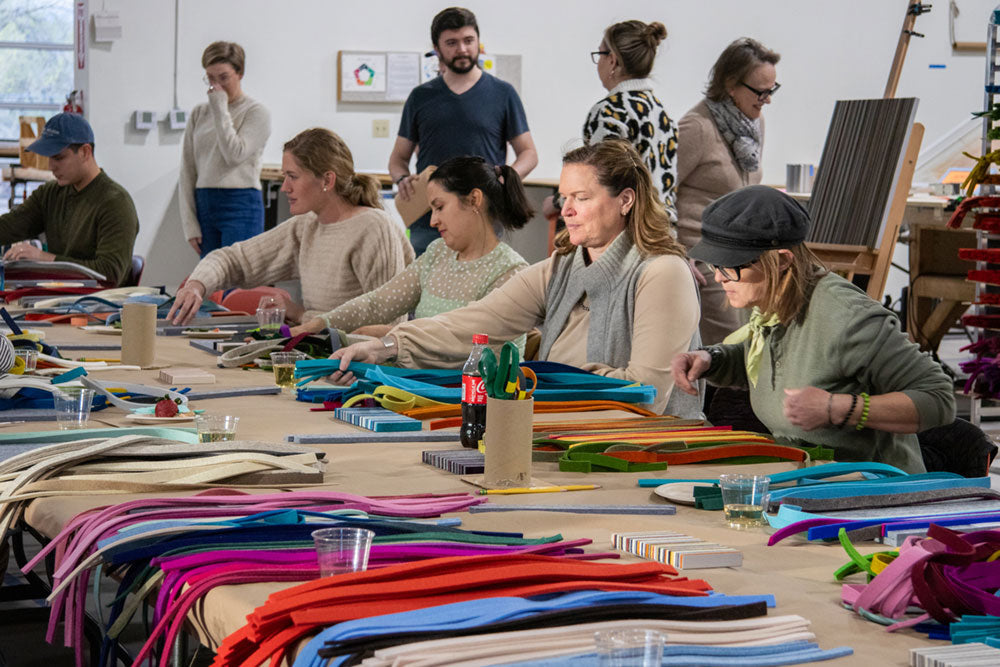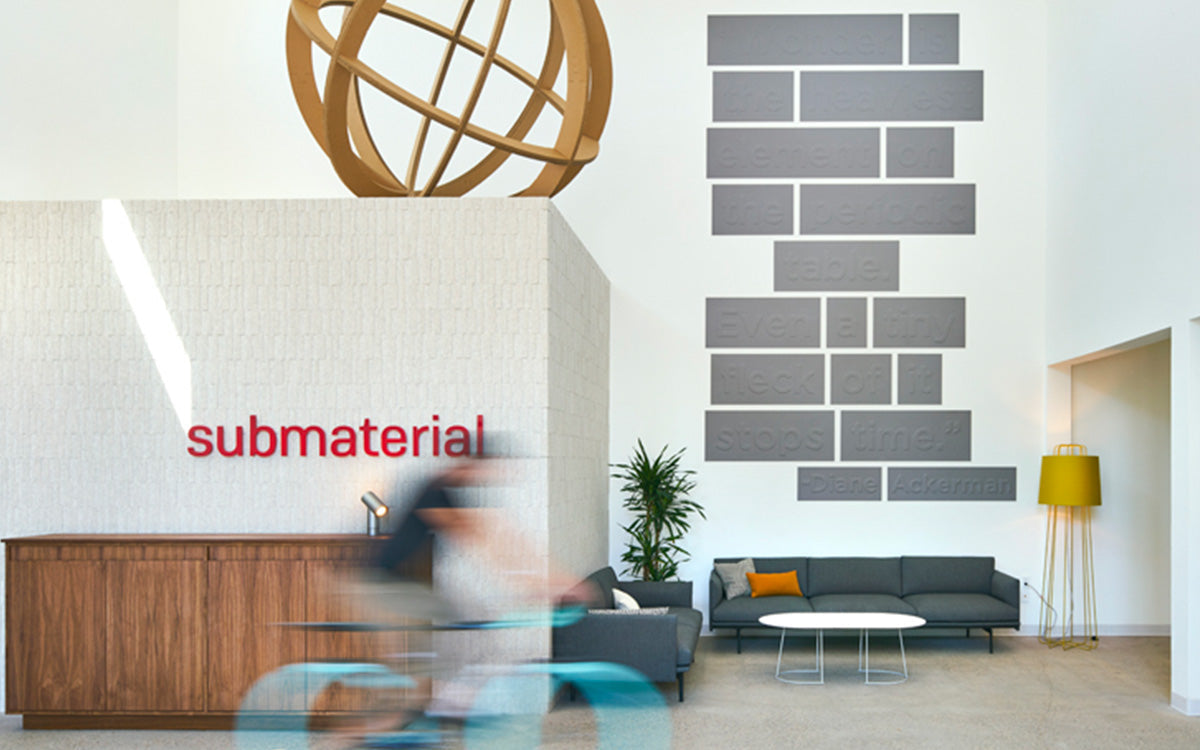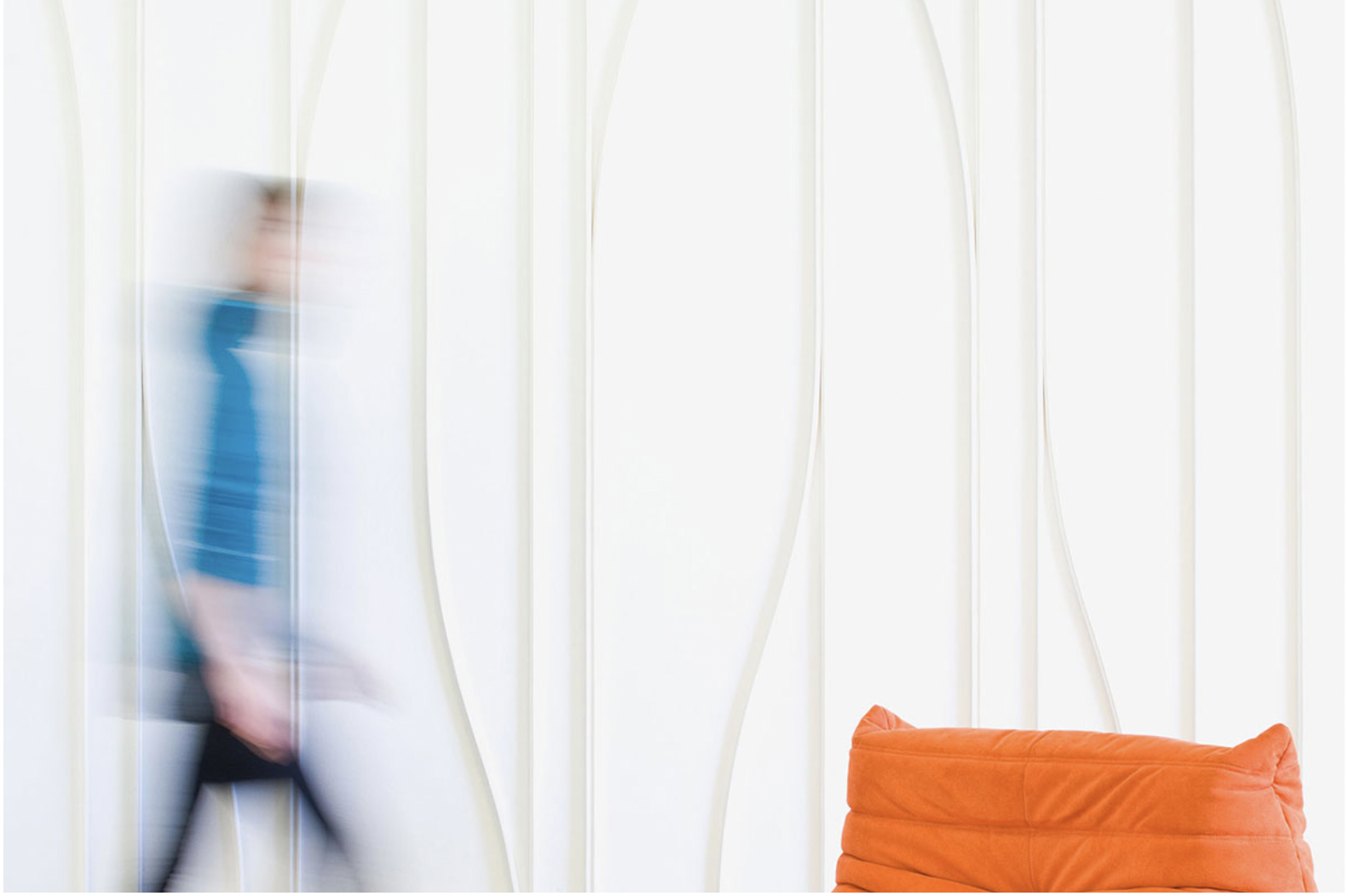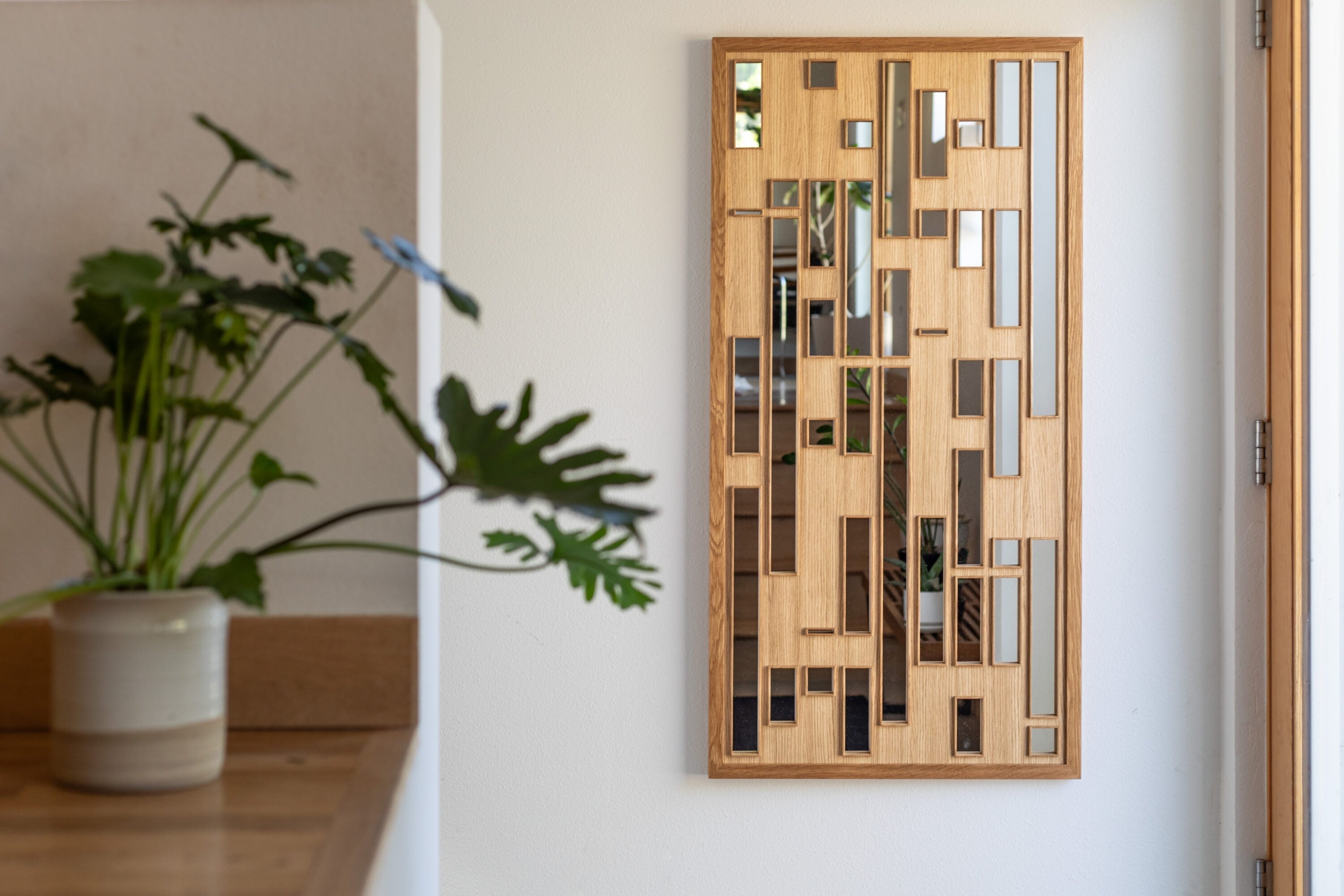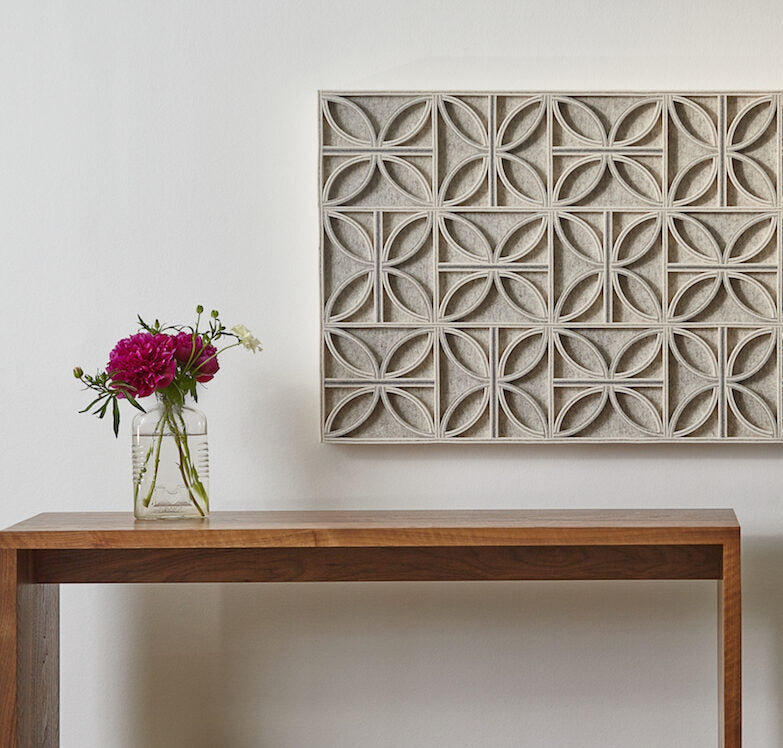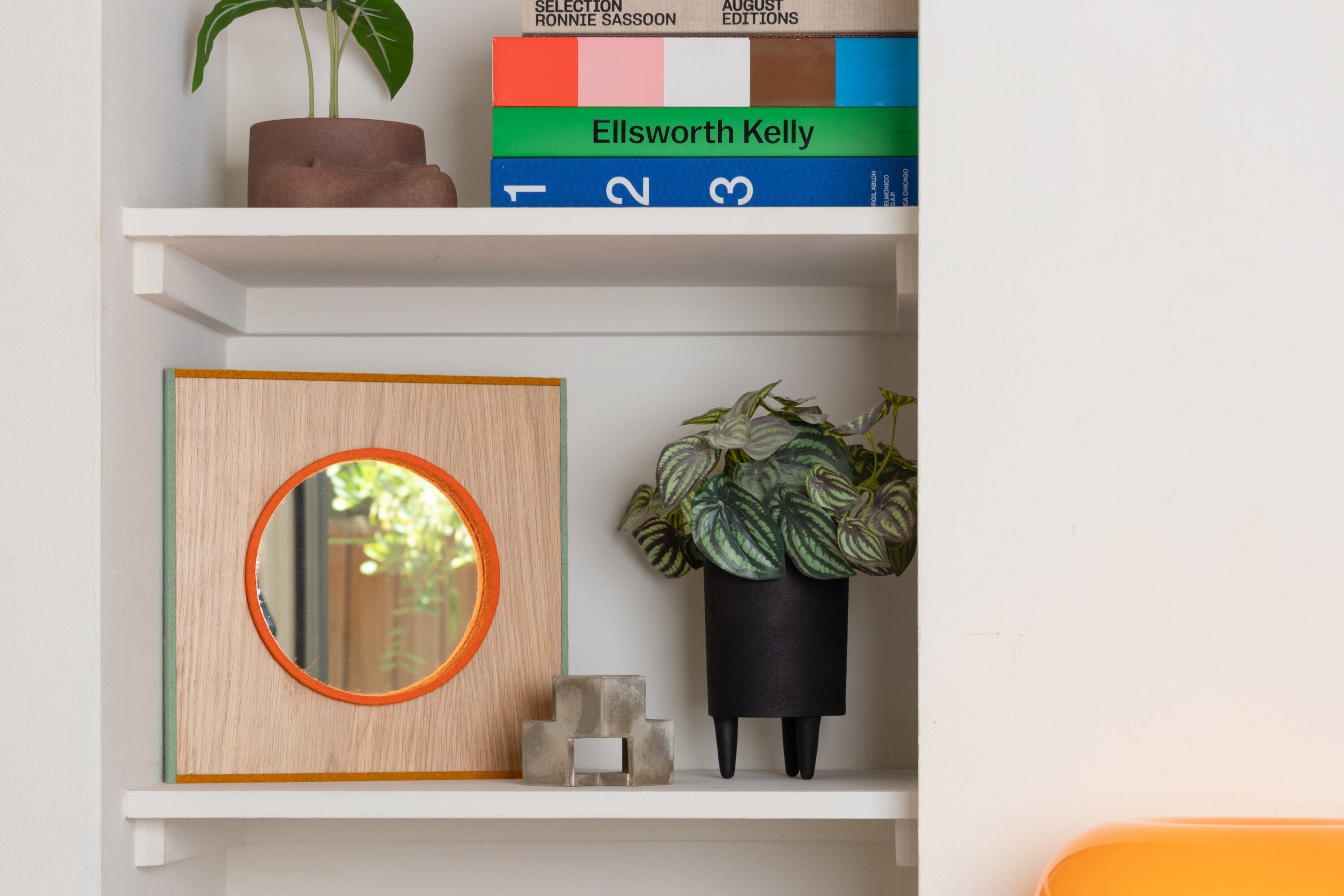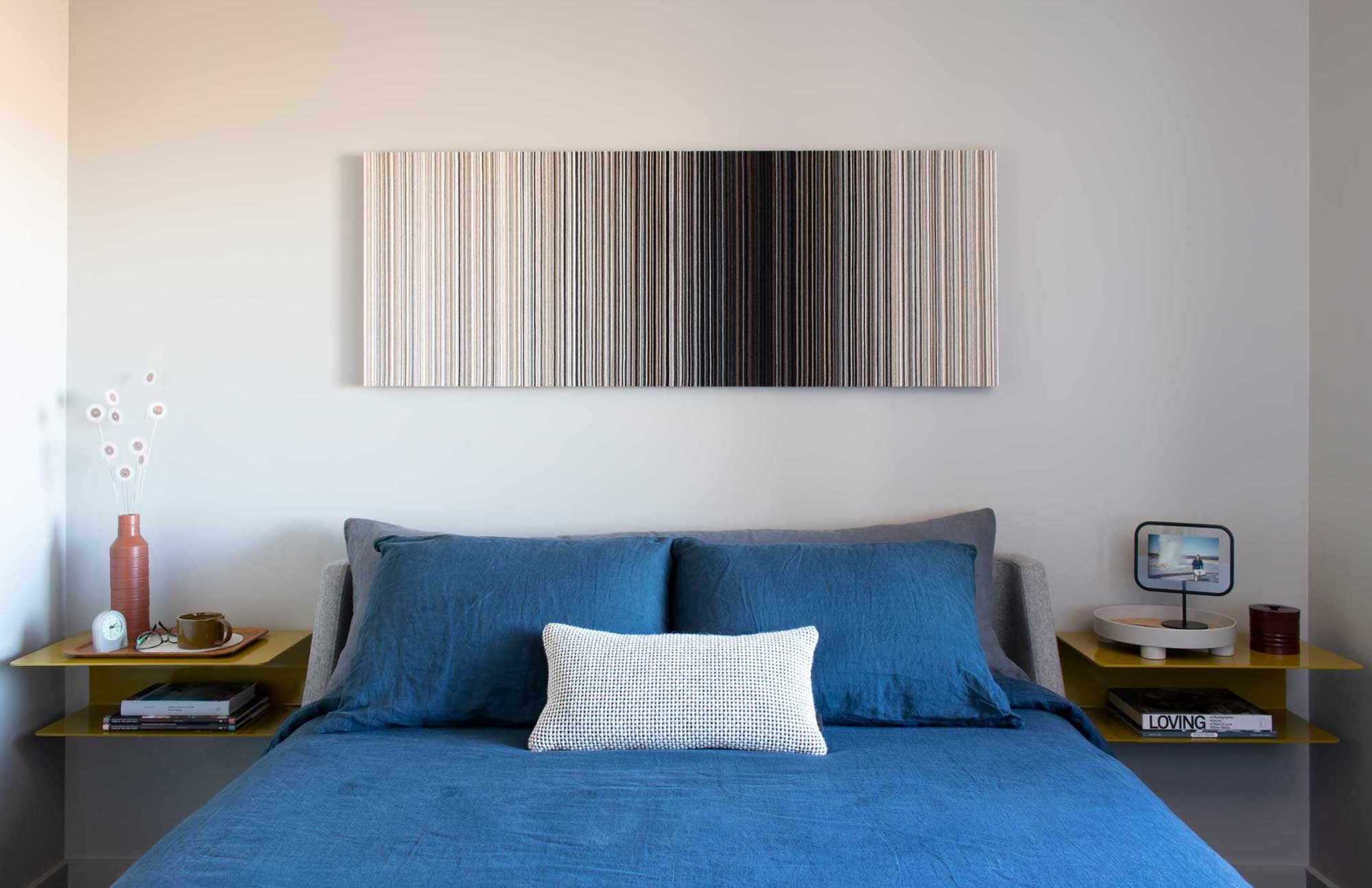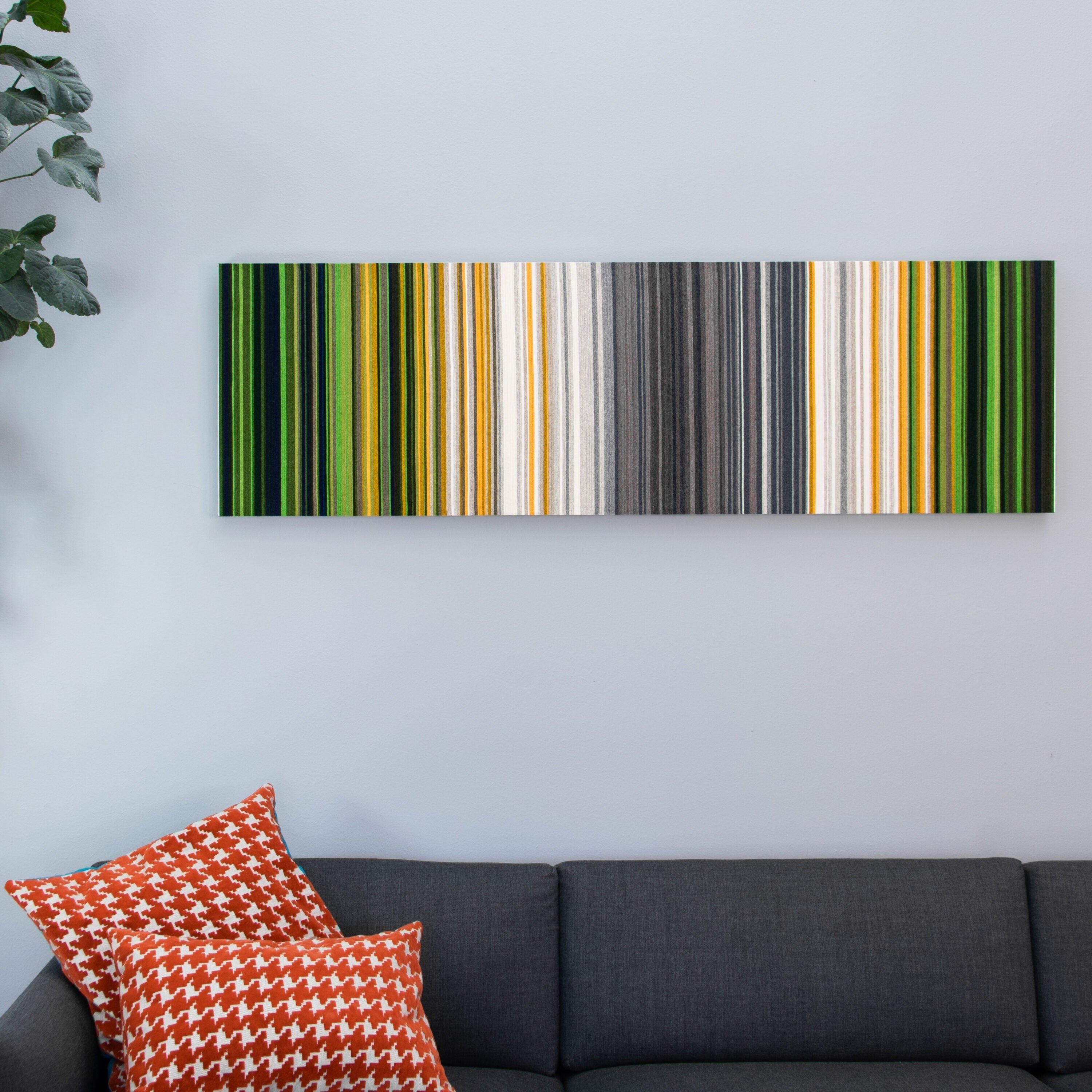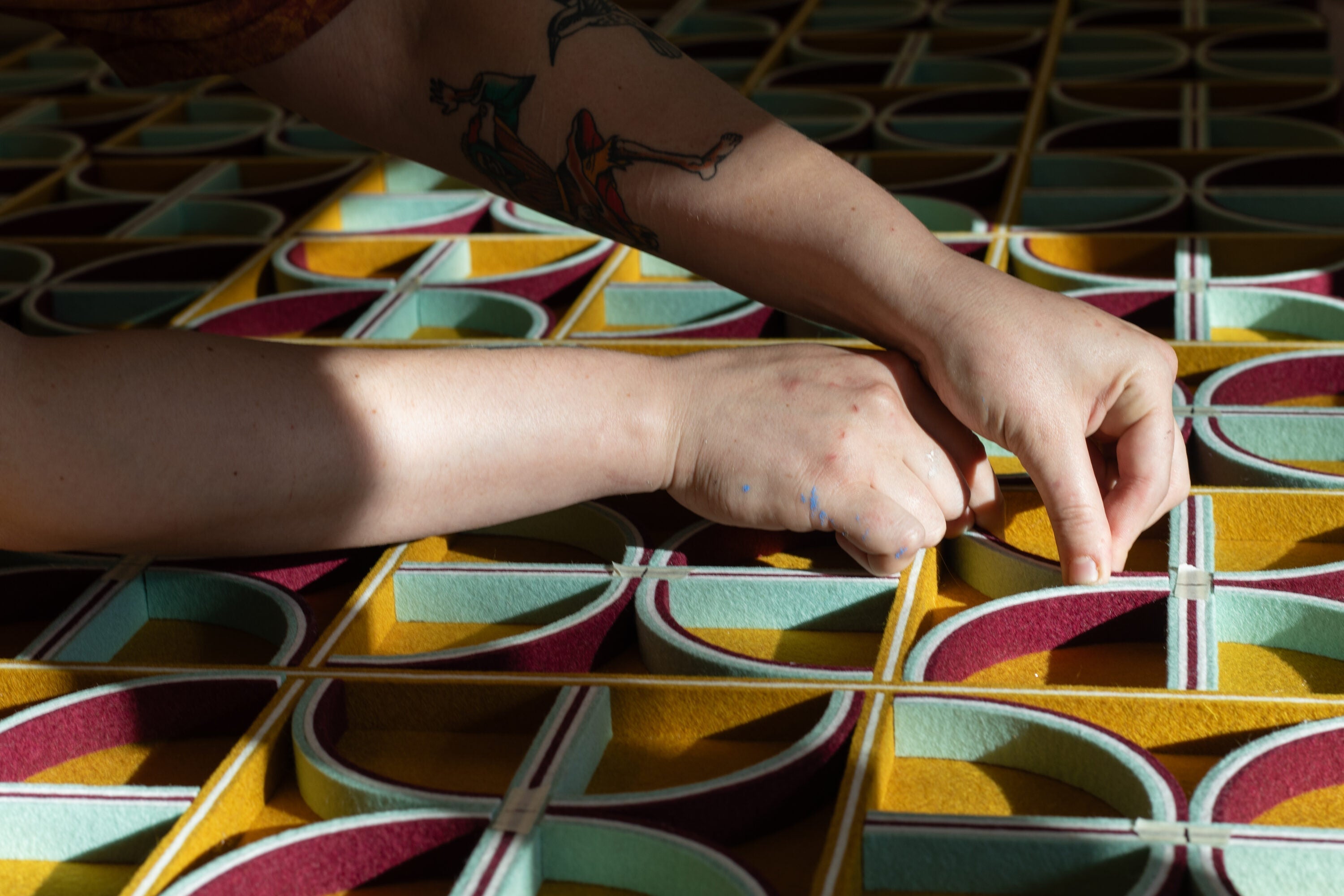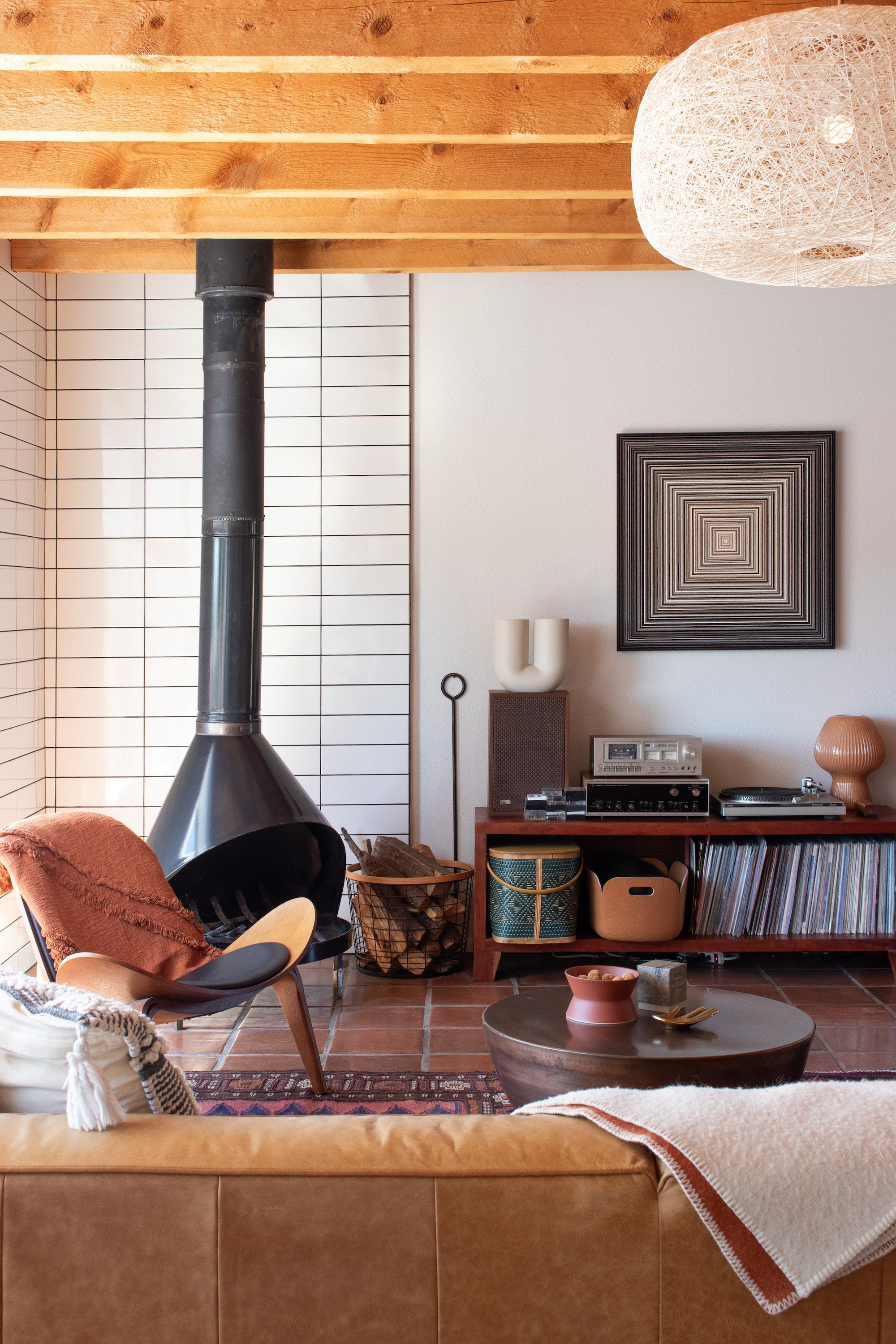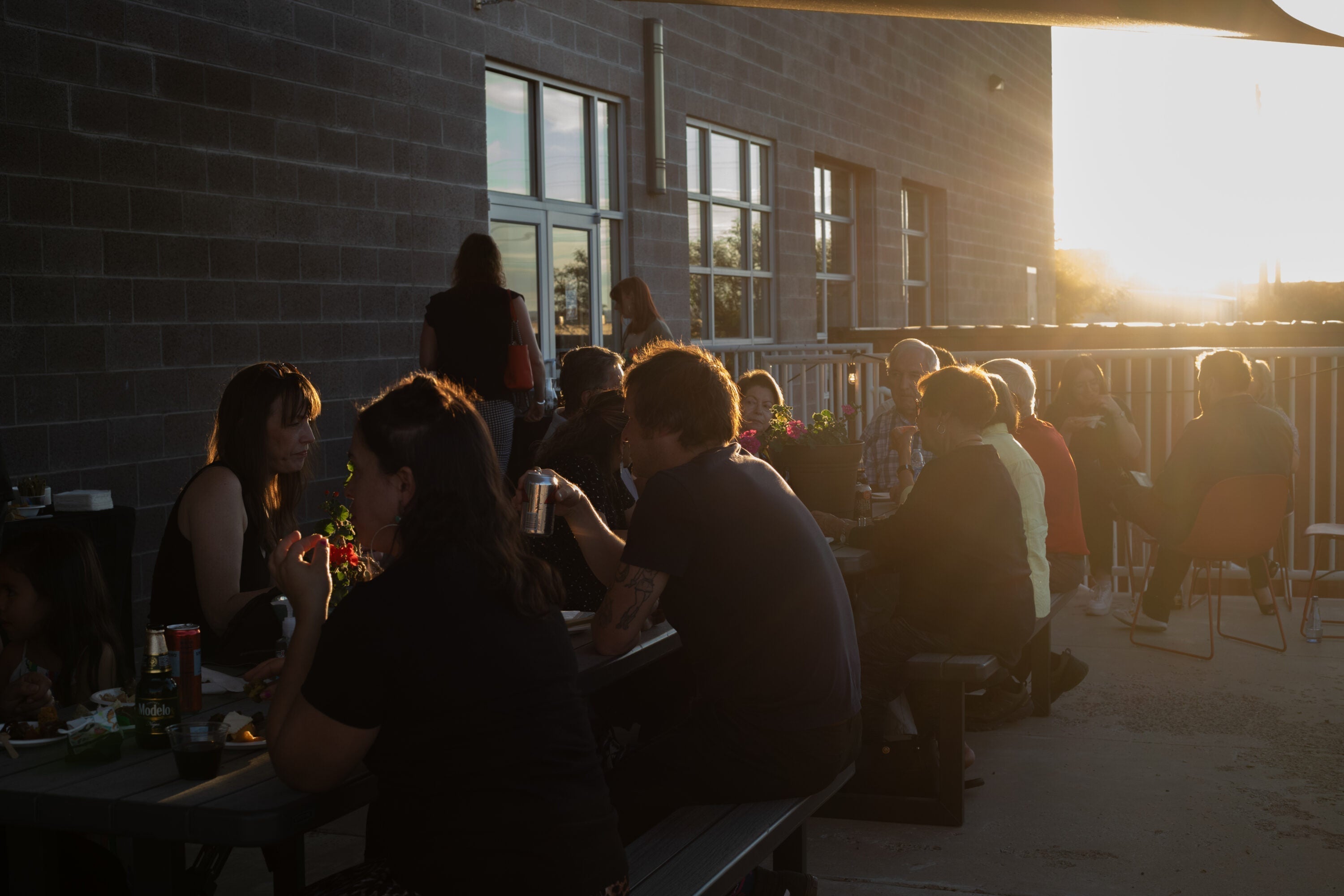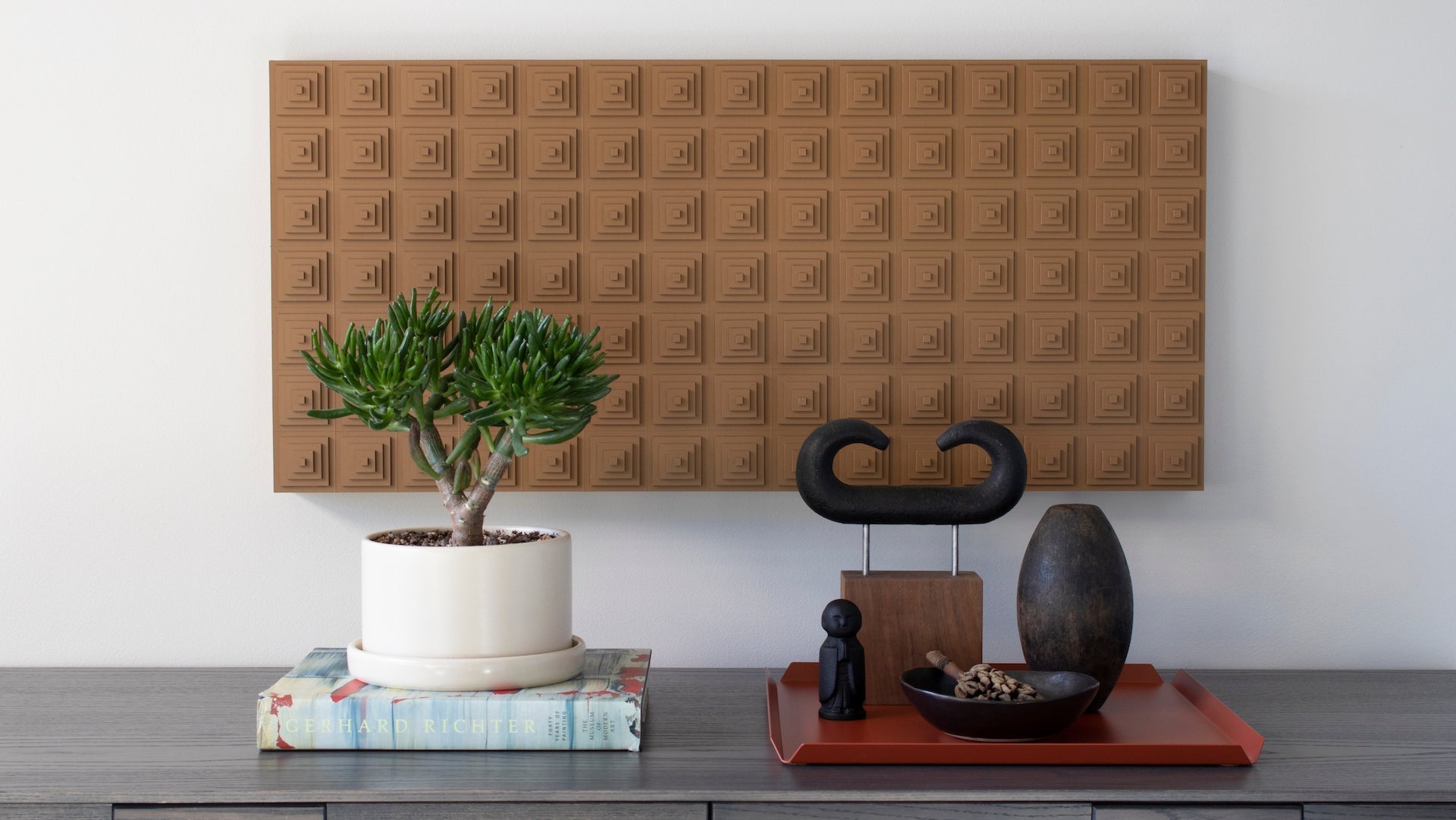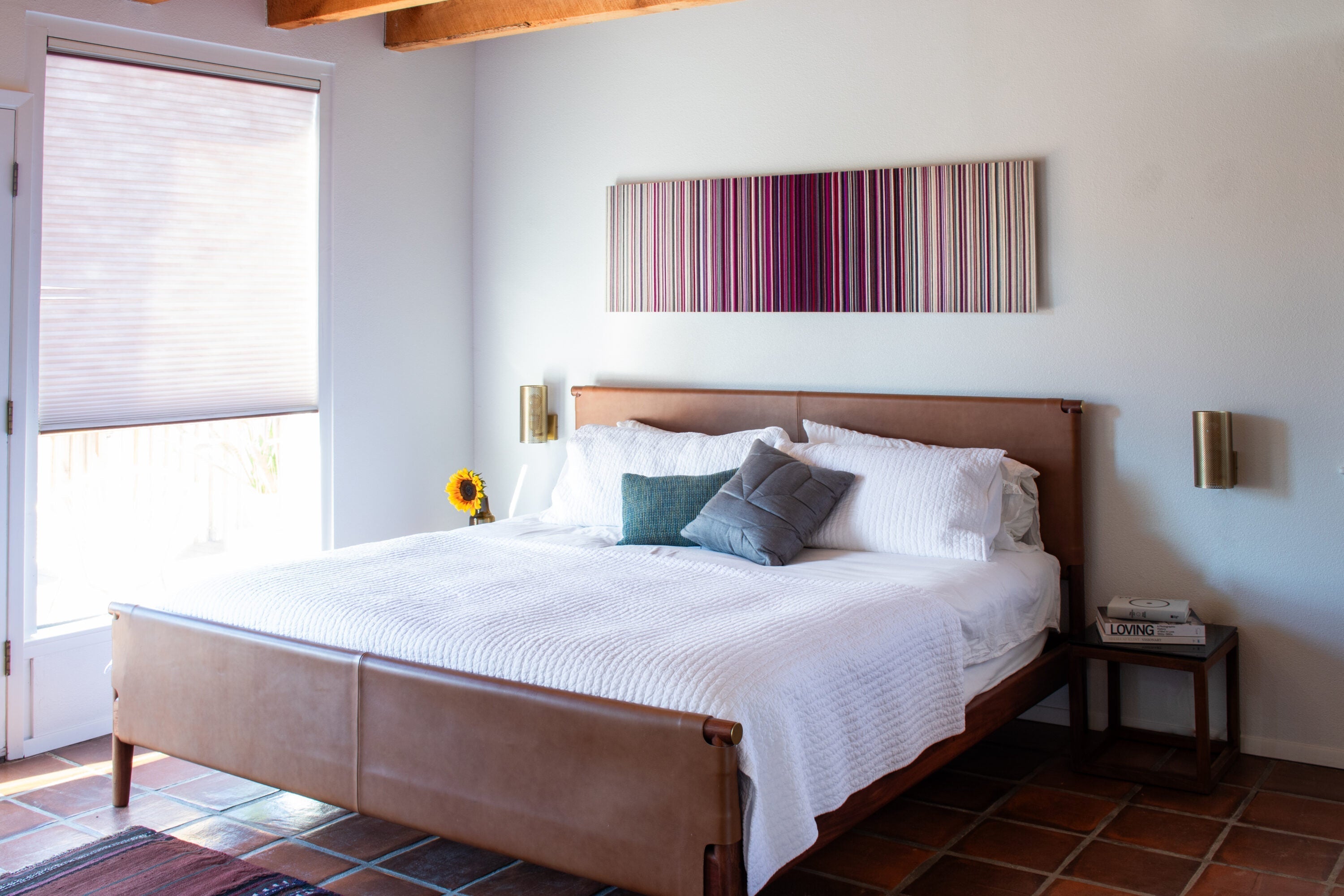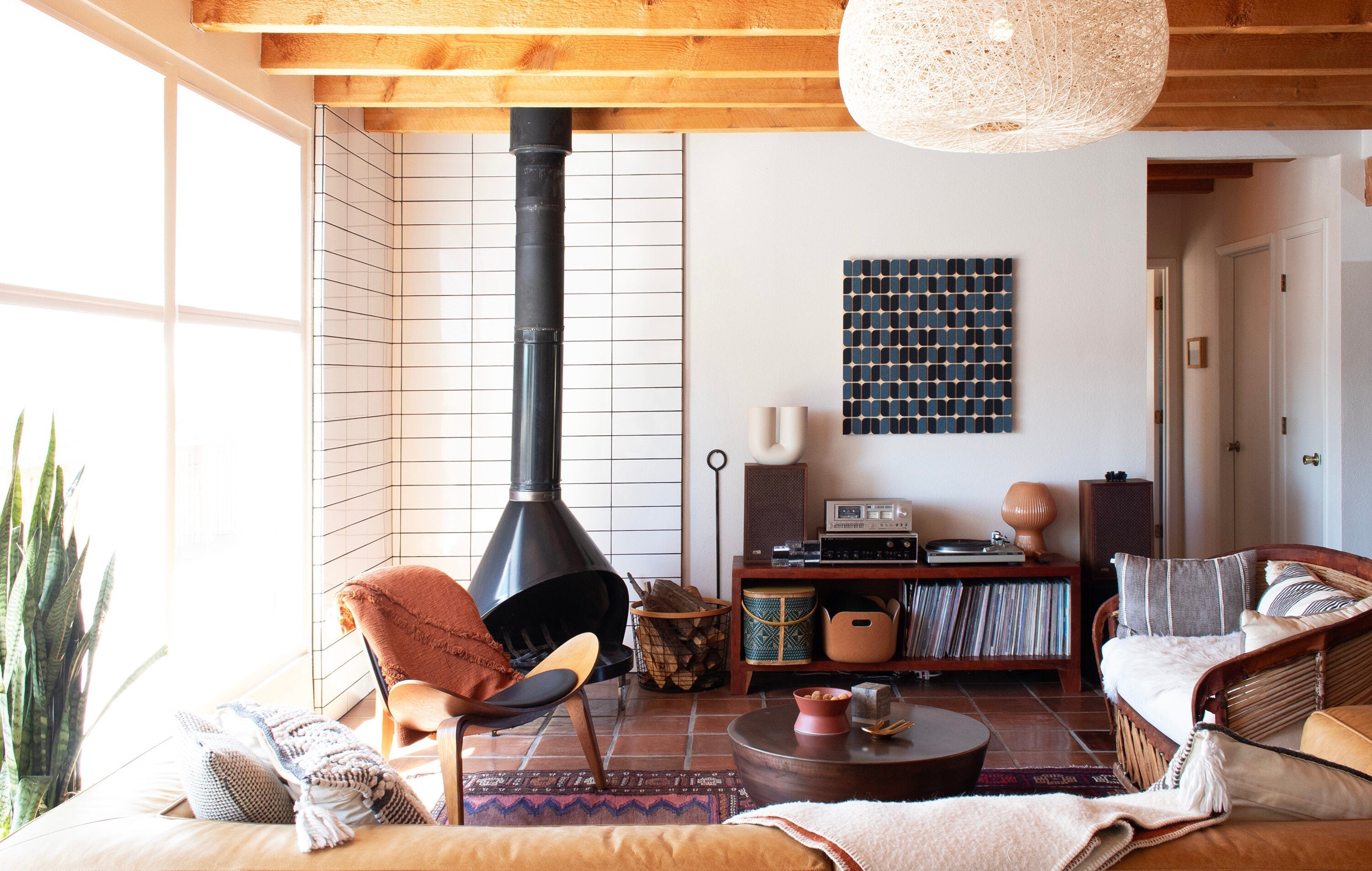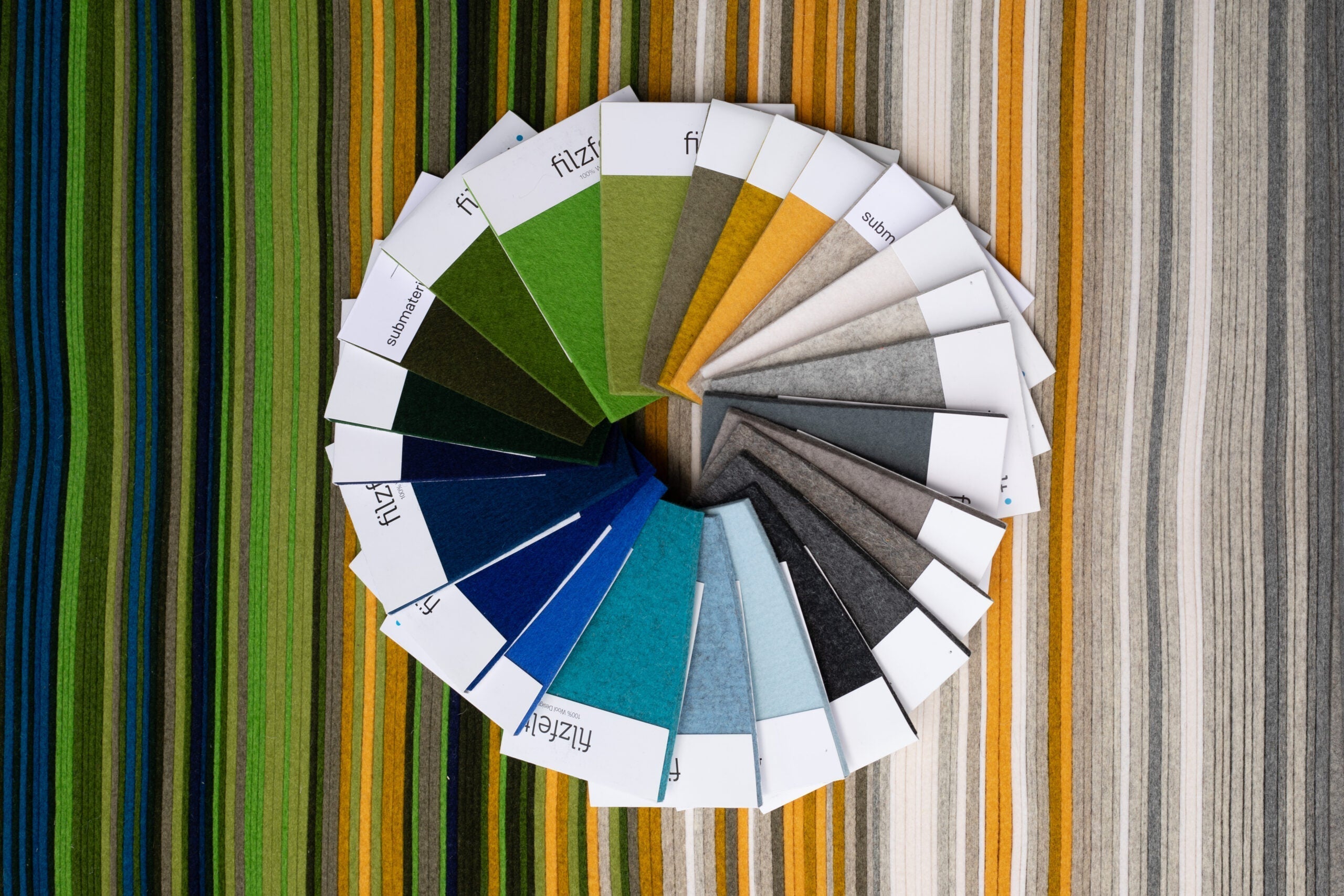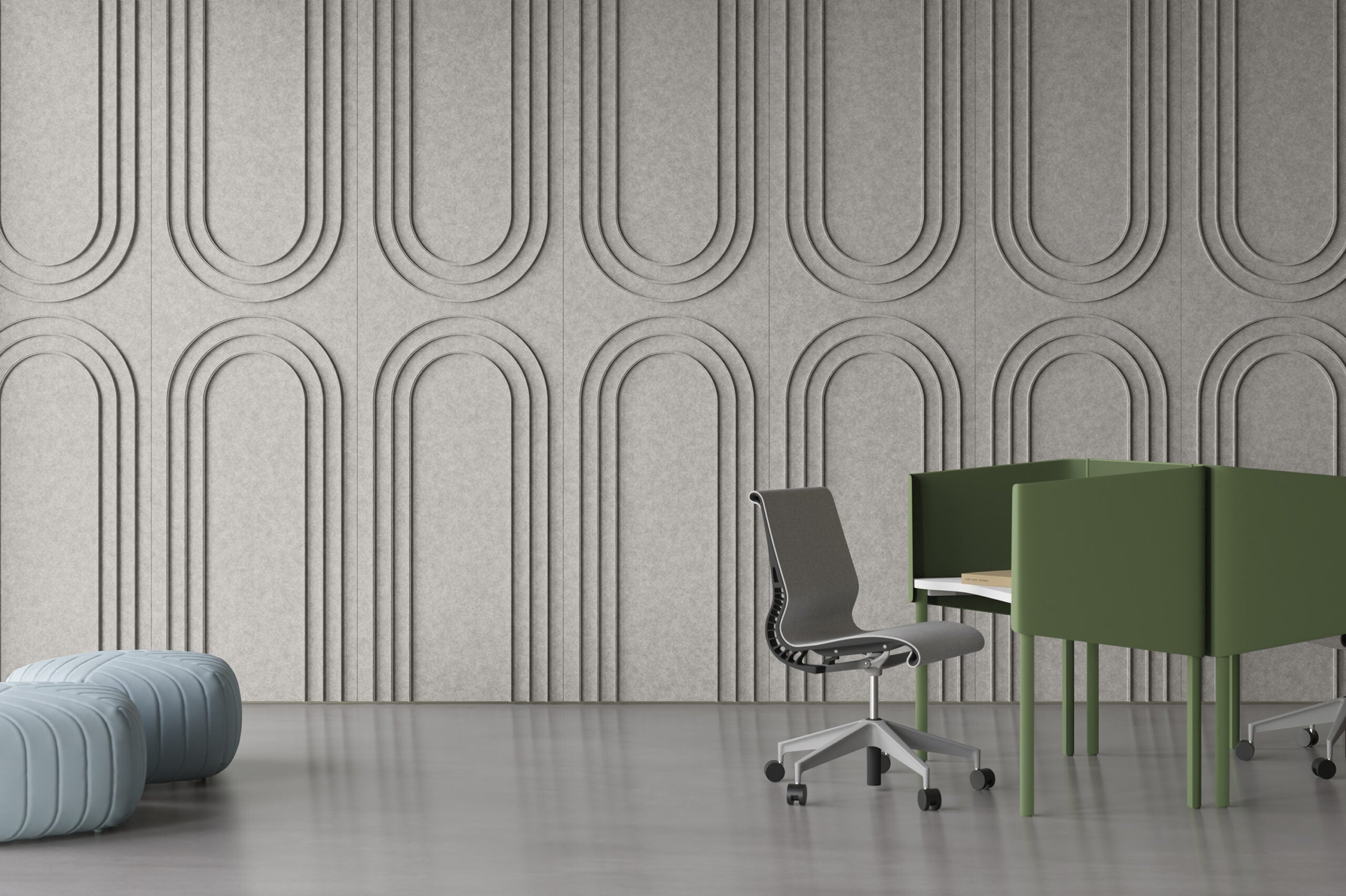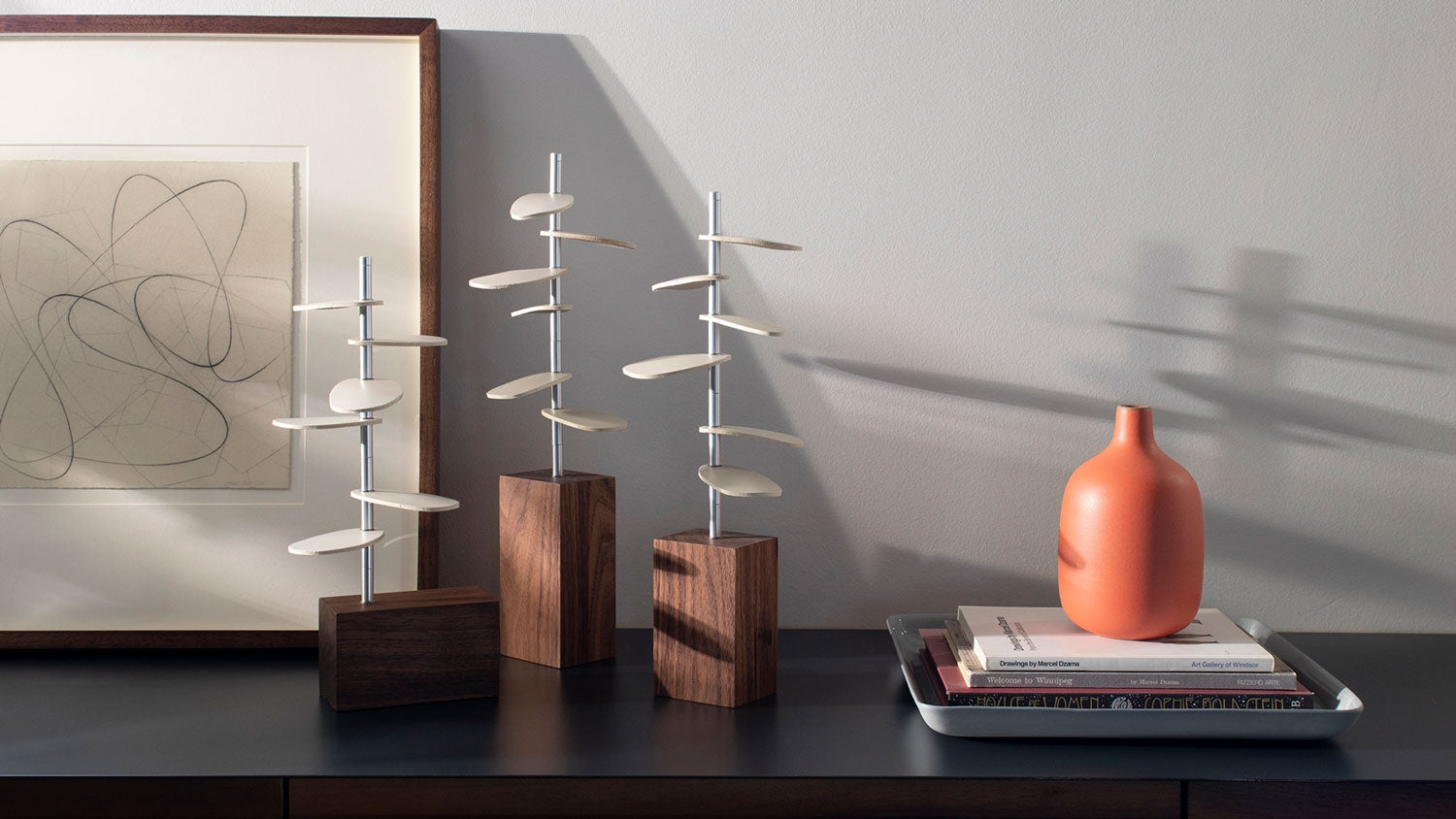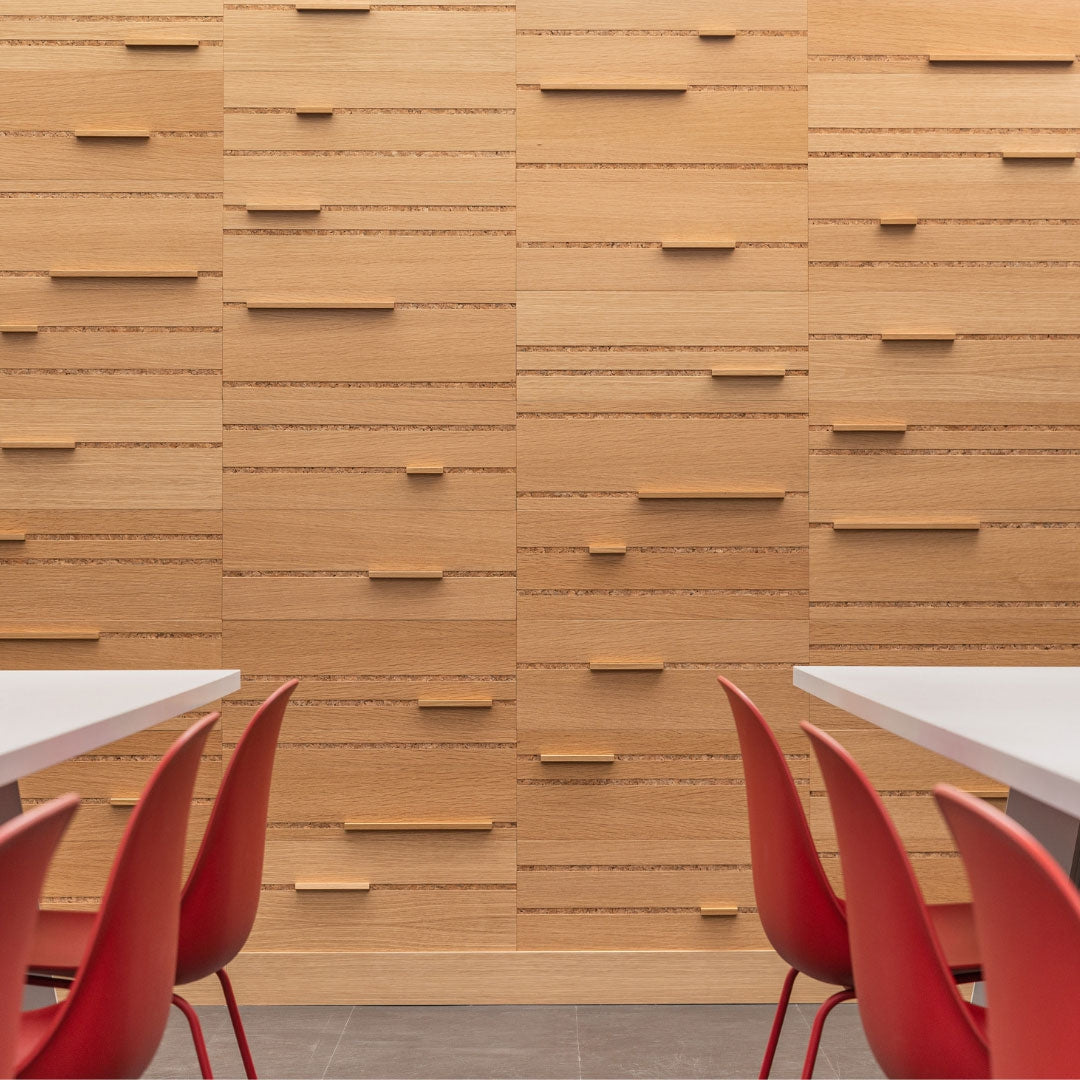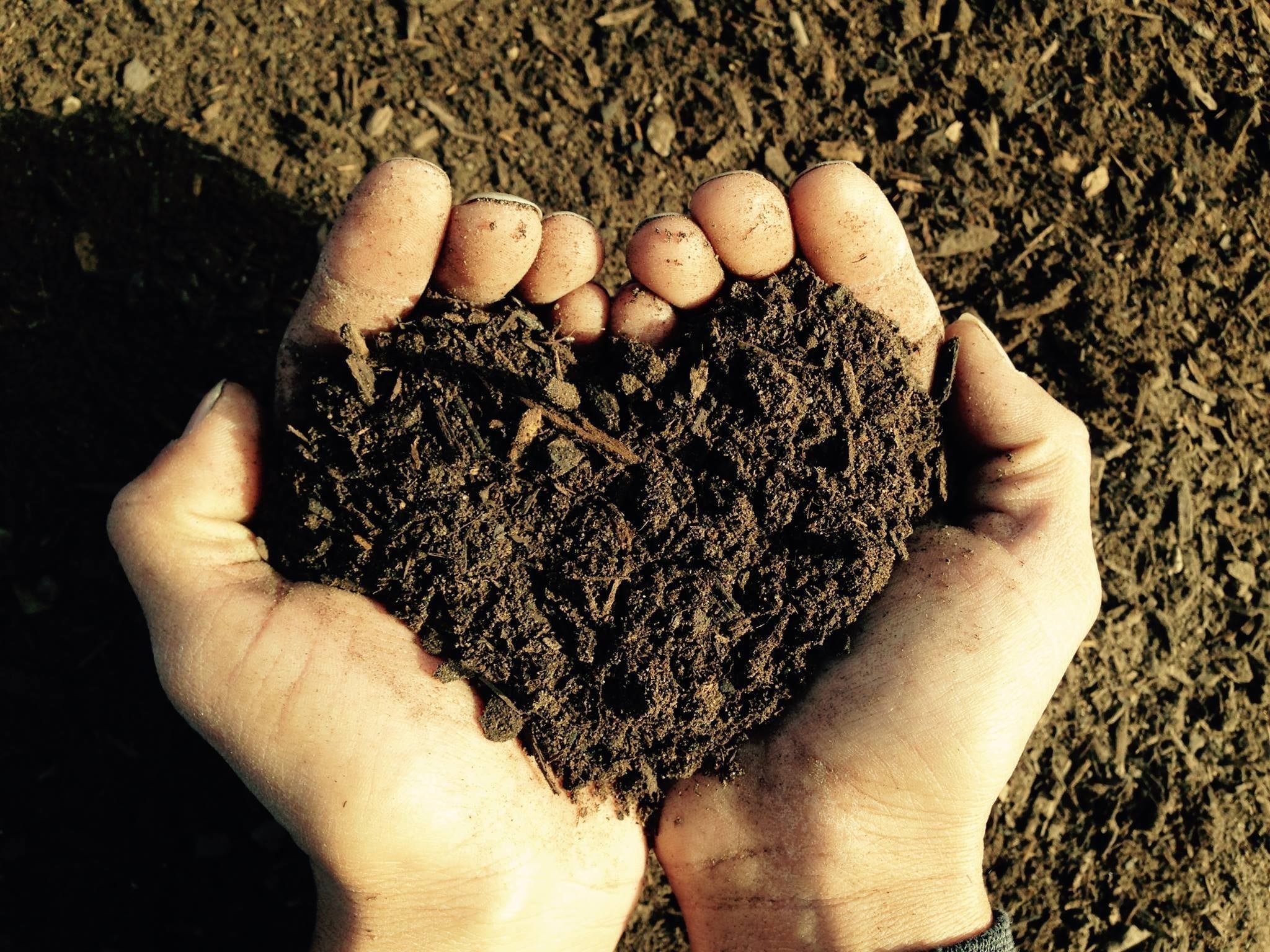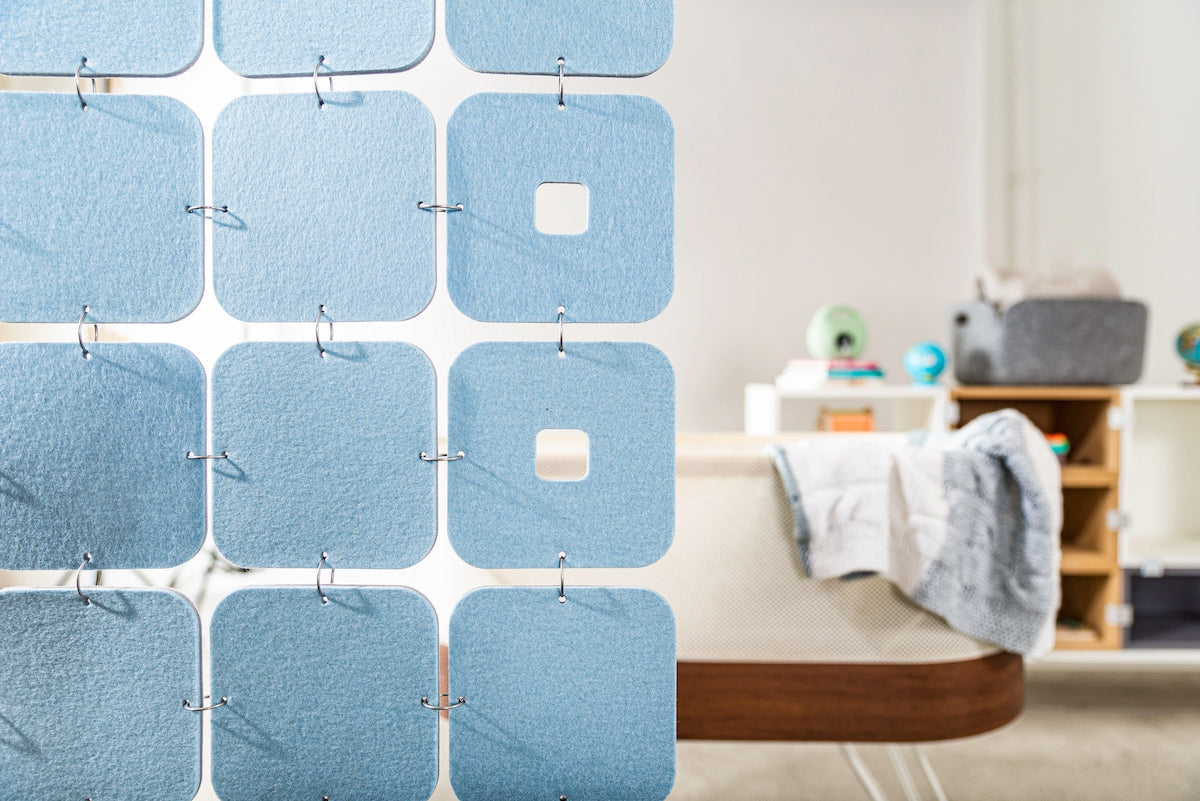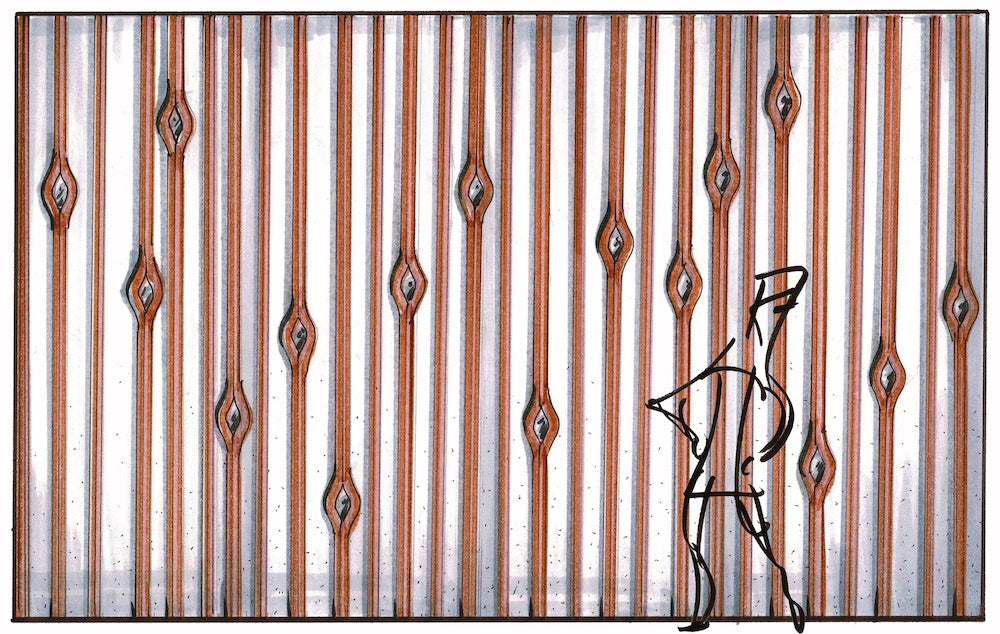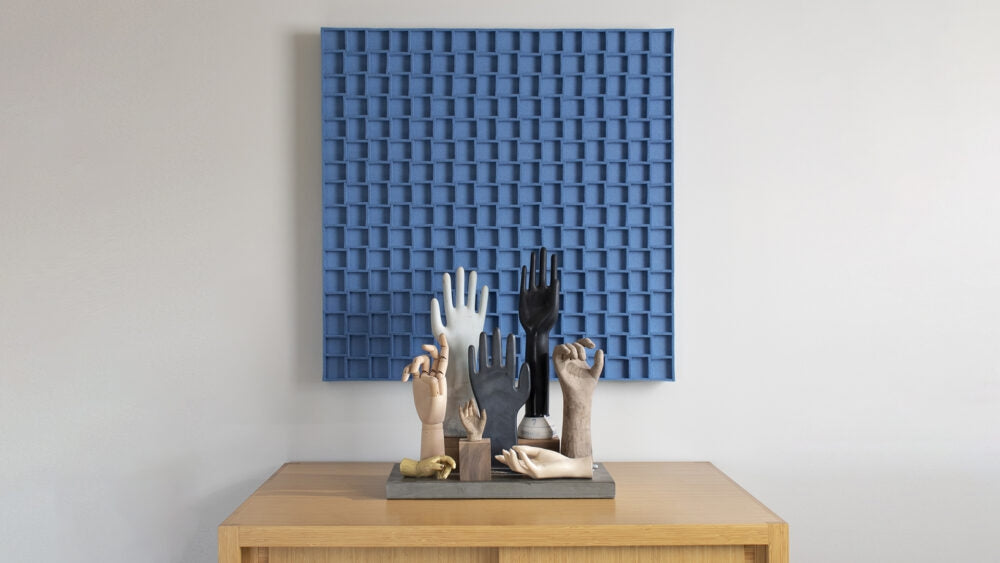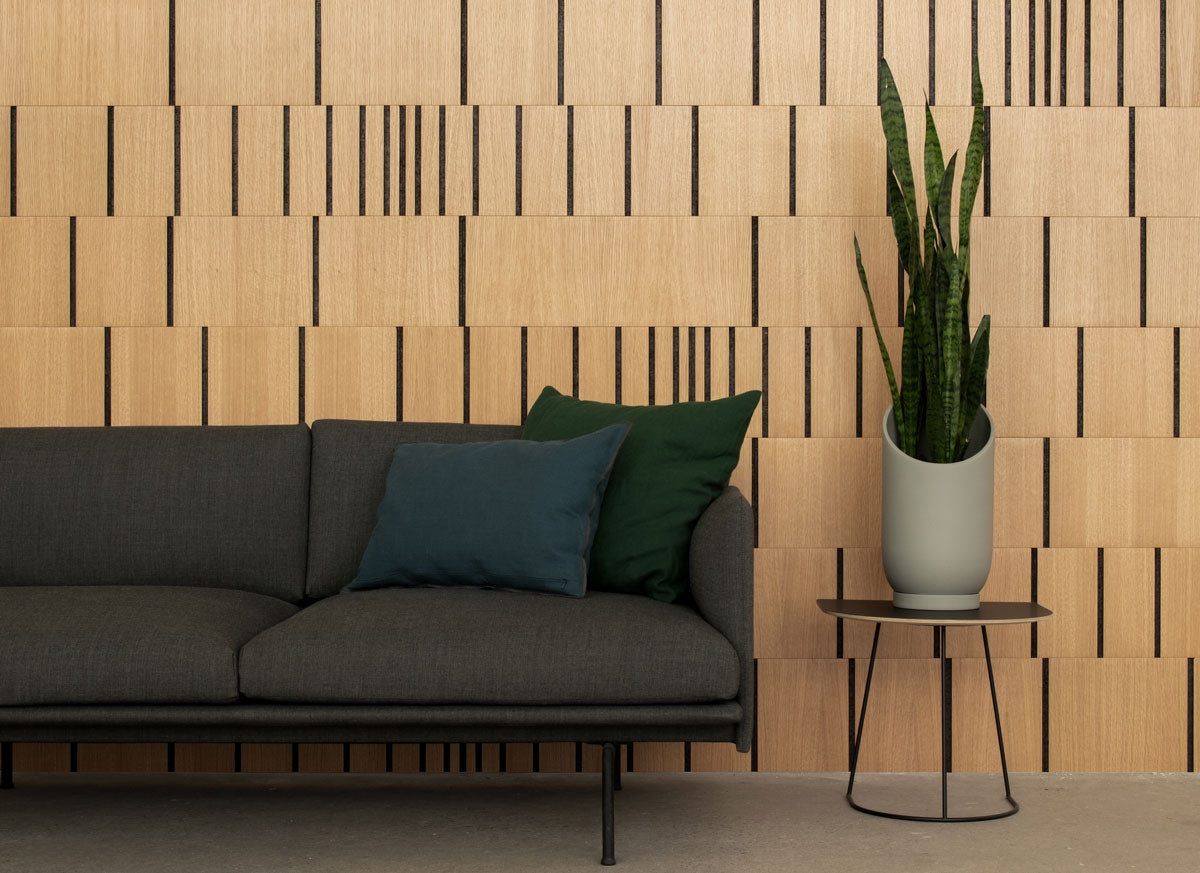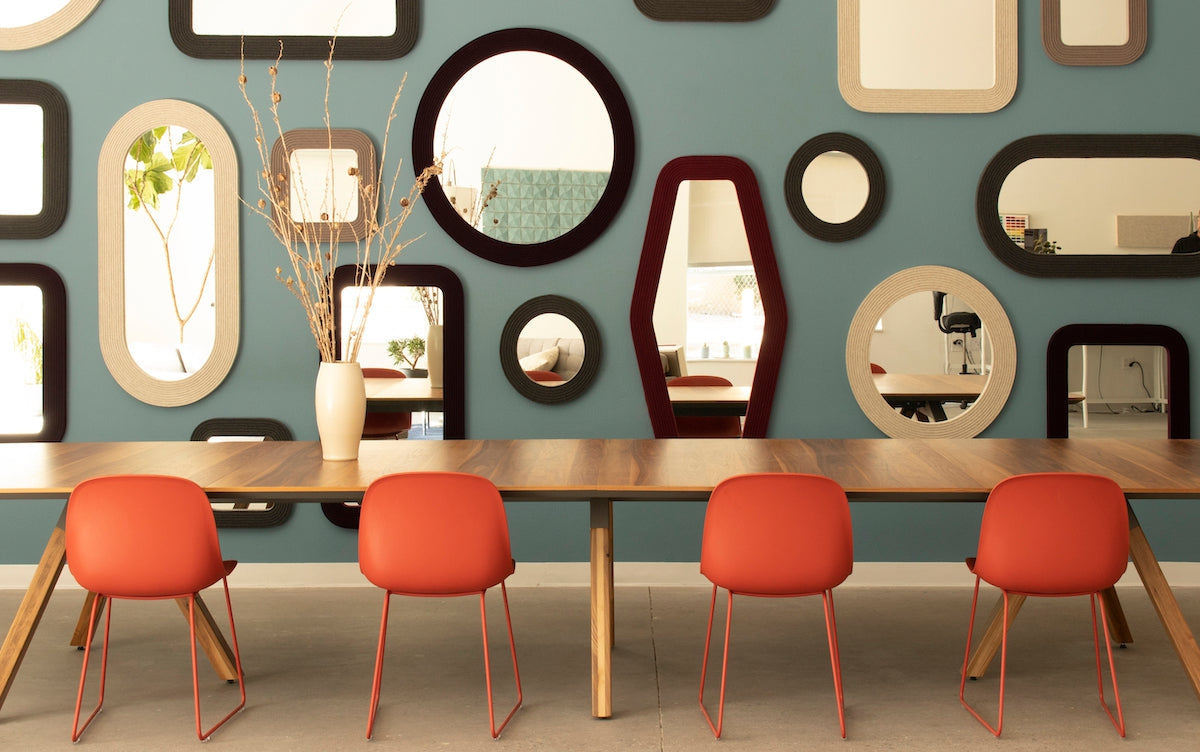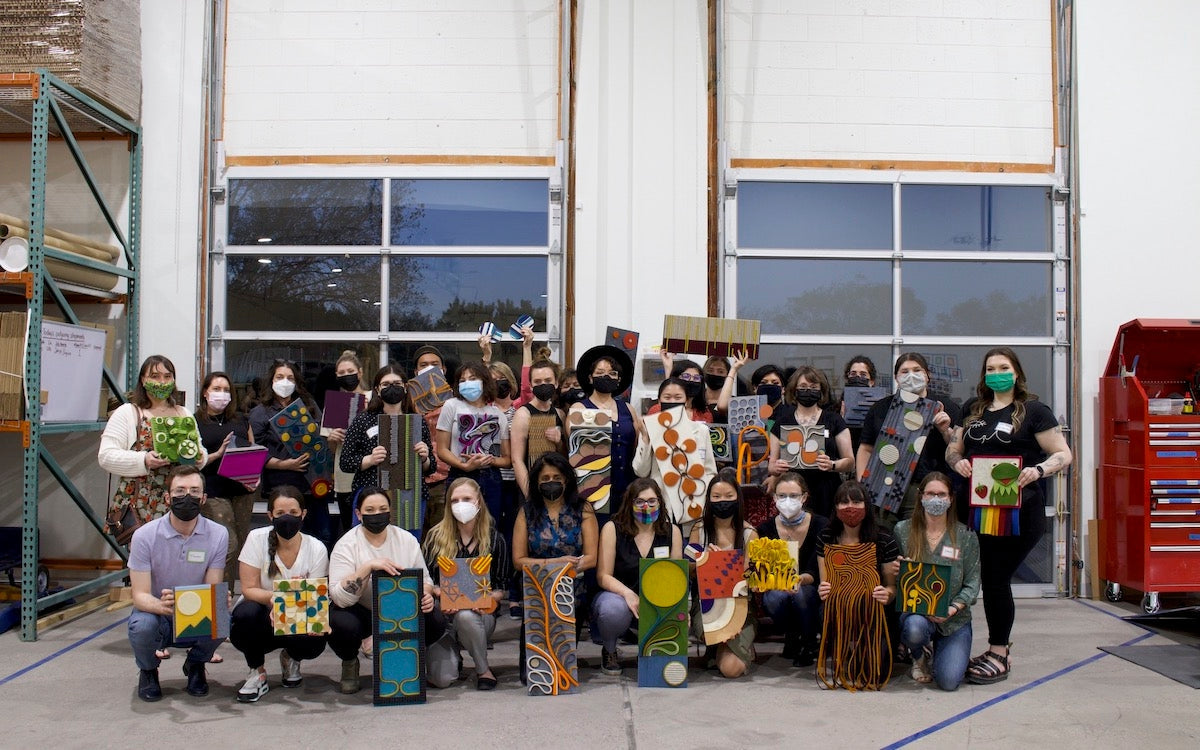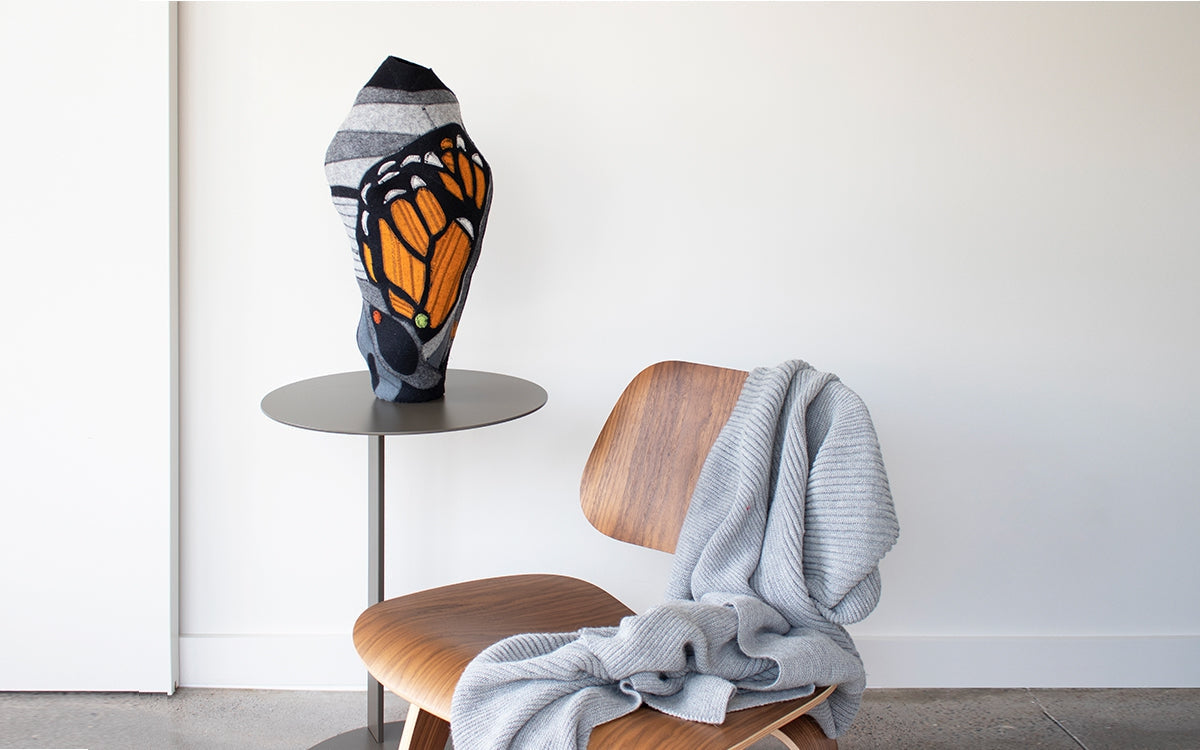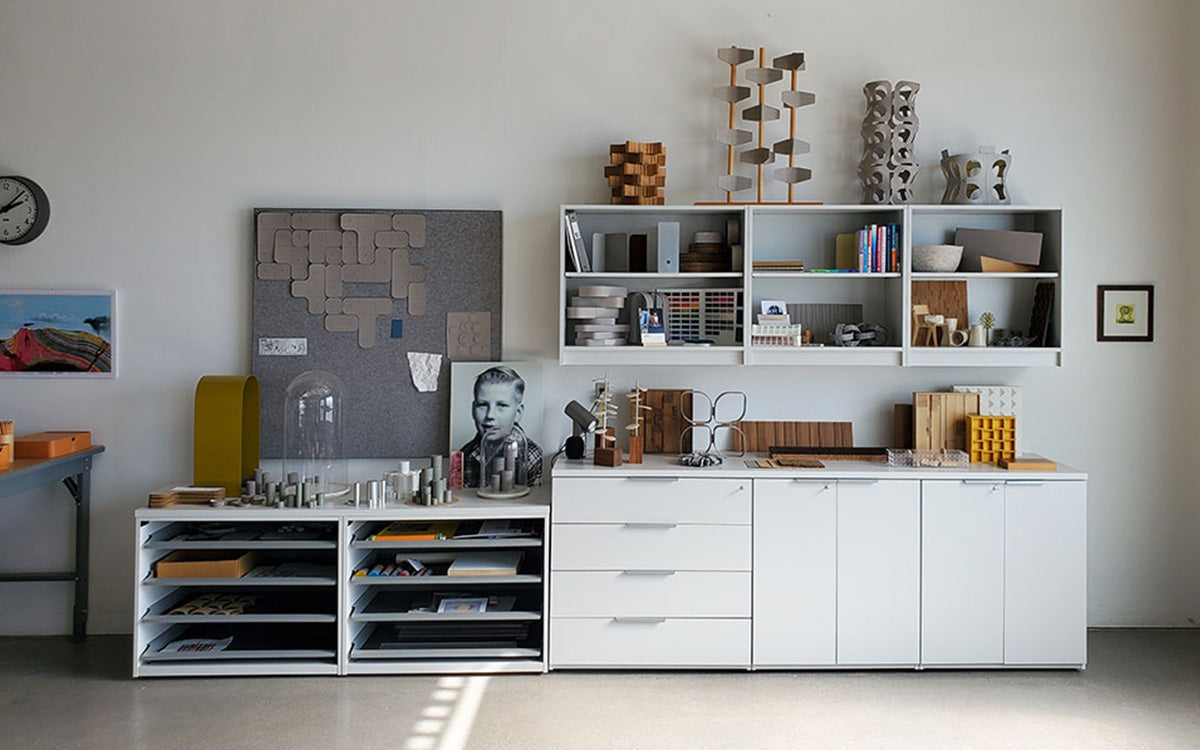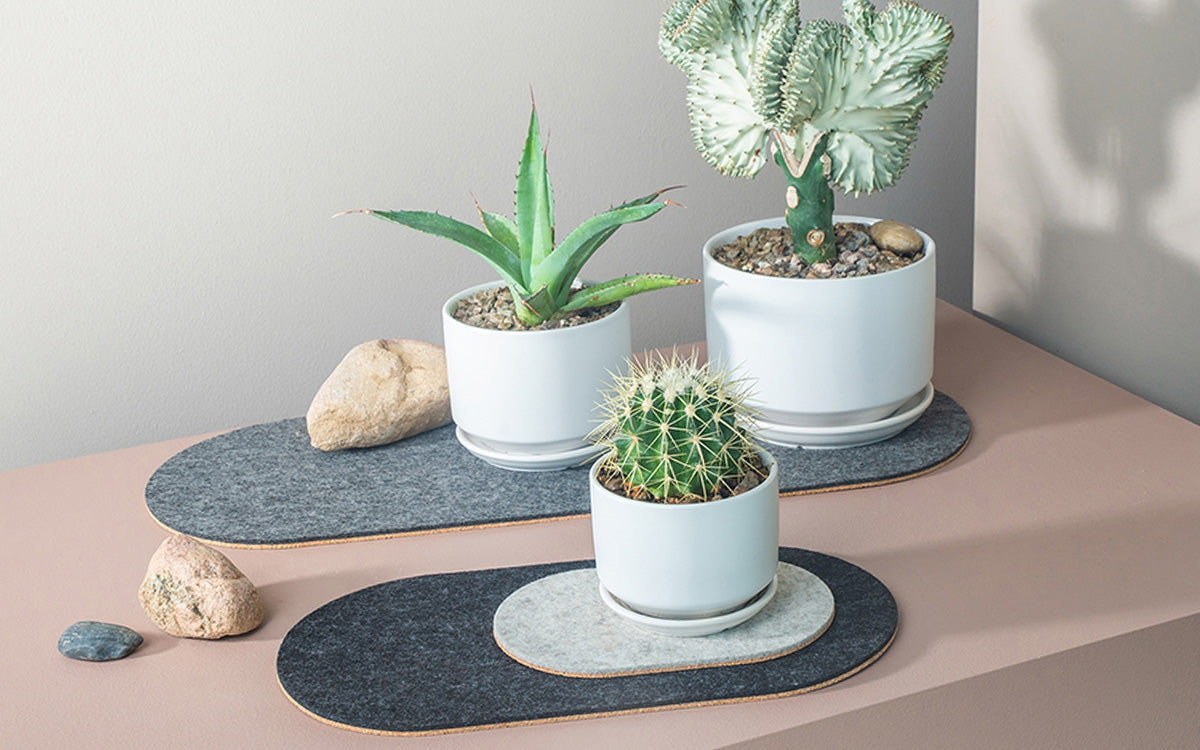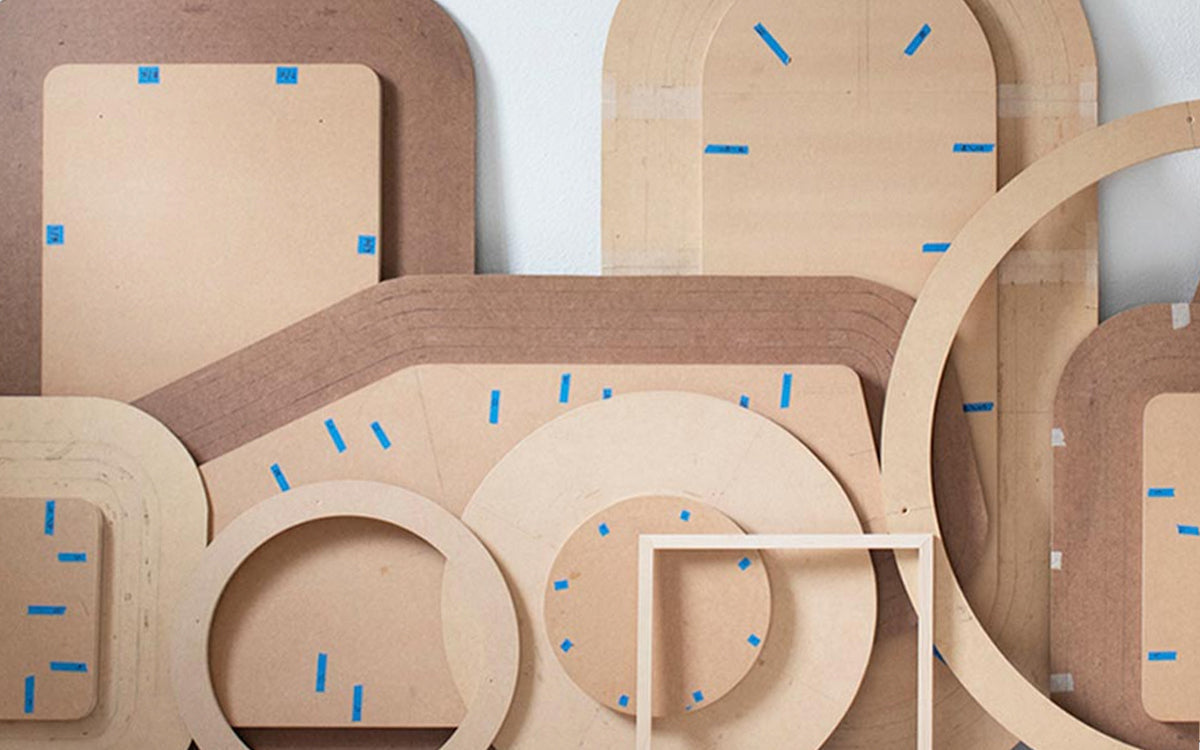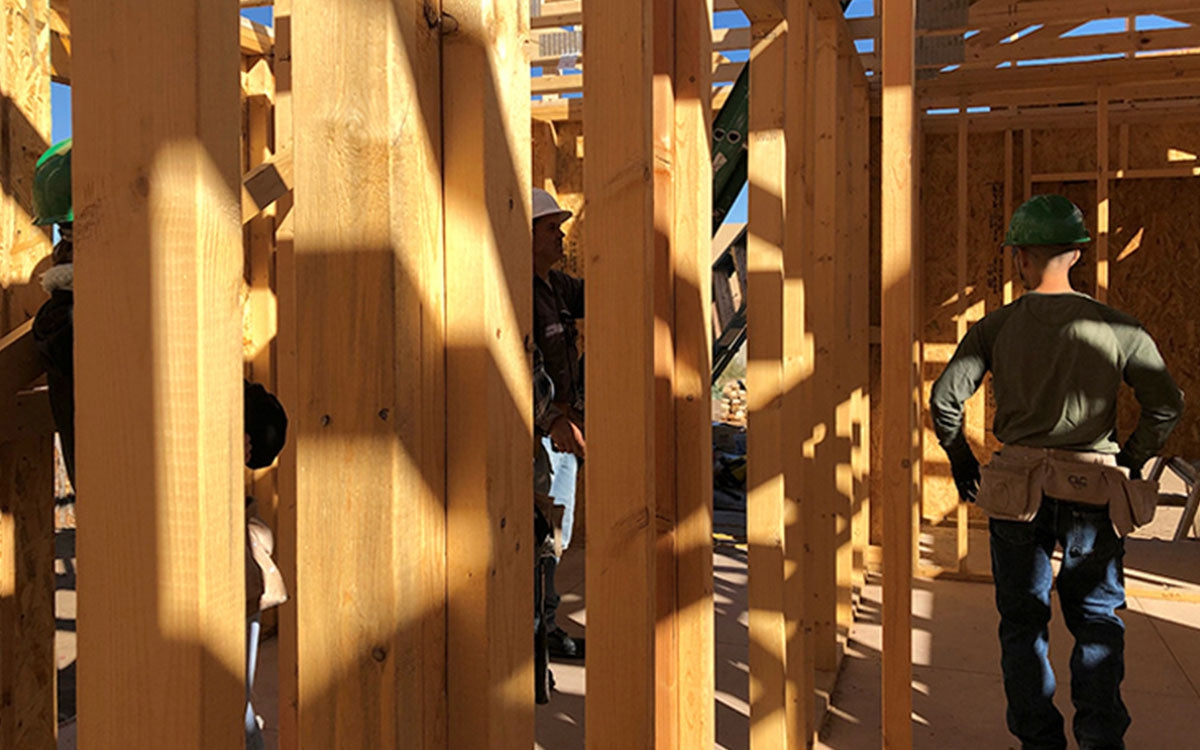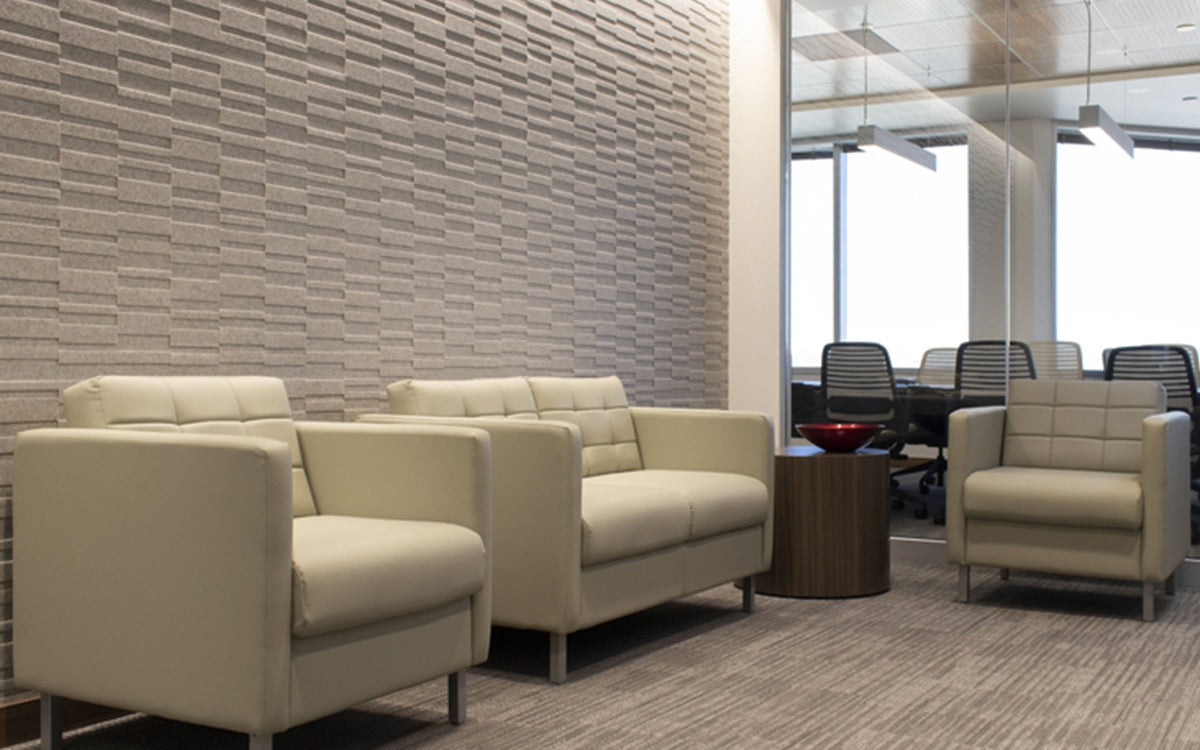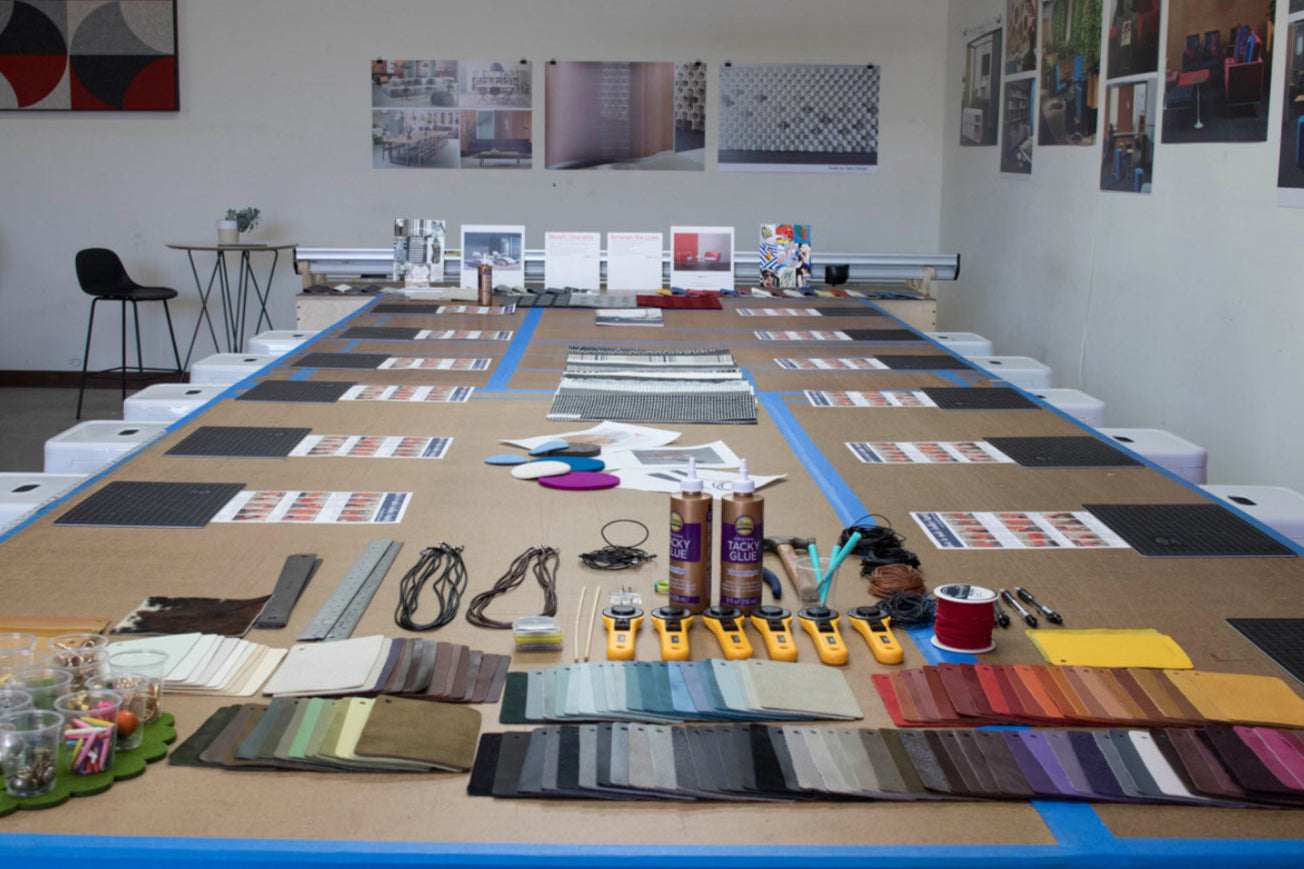More people than ever are becoming interested in sustainable practices, such as eco-friendly home decor. This is partly due to the significant increase in consumption over the past few decades. Since 2000, material consumption has risen by more than 65%.
Because of this overconsumption, many people (with the means) are investing in eco-friendly decor options. However, not everyone knows what eco-friendly furnishings even are. And the people who know little about them do not always realize how many benefits they provide. So what are eco-friendly furnishings, and why do they matter so much?
Read on to discover the most essential information about eco-friendly home decor and its benefits.
What Are Eco-Friendly Types of Decor?
There are many different types of eco-friendly furnishings, but they all share a common focus on minimizing their negative impact on the environment.
This applies at every stage of the production process. It includes acquiring the raw materials to fabricate furnishings, as well as the processing, transportation, and marketing of these products.
In short, eco-friendly home decor tries to have a positive impact (or at least a neutral impact) on the environment and our society. They are designed to benefit the person who uses them without harming the planet or the people working to create them.
Why Eco-Friendly Decoration Options Matter
No one disputes that we have a limited quantity of non-renewable resources on Earth. People have different estimates for when we will run out of these resources, but everyone agrees that we will eventually exhaust them.
As consumption increases, the time until we run out of these resources becomes exponentially shorter. Furthermore, we are witnessing more waste than ever before. The disastrous impacts of overconsumption and climate change are real and are happening now.
When considering interior design, eco-friendly decor options enable us to be mindful of our environmental impact while still incorporating items that bring joy to our spaces.

Sustainable Home Decorations Decrease Consumption
As we have discussed, consumption is breaking records all the time. Sustainable furnishings are one small way to help lower total consumption.
Designing and manufacturing sustainable furnishings can help us conserve our non-renewable resources. Focusing on this action now can give us as a society the time to develop more renewable energy sources, textiles, and other sustainable options. In the long run, investing in reduced consumption may prove crucial in helping us navigate this challenging time in our history.
Eco-Friendly Home Decor Battles Climate Change
Most of the ways we acquire and process resources generate greenhouse gases. These gases trap the sun's heat on our planet. This leads to higher planetary temperatures.
Global warming creates a long list of problems we cannot begin to delve into here. Still, for the purposes of this article, it is essential to understand that eco-friendly home decor made from renewable materials, such as felt, cork, and wood, can help decrease greenhouse gas production and slow the progression of climate change.

Many production processes leave scars behind on the environment. These scars can appear on land, air, or water.
Often, the processes for acquiring raw materials also result in the destruction of ecosystems. Some companies attempt to counter this problem by planting new trees through carbon offsets, but this action alone is insufficient to replace the complex ecosystems that have disappeared.
Sustainable furnishings aim not to cause the same kind of damage to the environment. People who care about the environment often feel disheartened about the damage caused by the traditional manufacturing of everyday products. However, knowing the values and sustainable actions of eco-friendly brands can make them feel better about purchasing these types of furnishings.
Sustainable Decor is Less Wasteful
Typically, the most cost-effective ways to create products are also the most wasteful. Brands creating eco-friendly home decor products take the extra time and effort (and often money) to ensure their production processes don't generate huge waste in landfills. At Submaterial, we are cautious about creating as little extra waste as possible while fabricating our products, and when waste is unavoidable, we strive to give it a second life through various means. We give away felt scraps. We spent 18 months composting felt and cork scraps until it was no longer tenable. In 2025, we established a partnership with TerraCycle to recycle our PET acoustic board and off-cuts of felt and cork.

Another way that eco-friendly home decor is less wasteful is by being more circular. A circular economy is a system where materials never become waste. One of our favorite brands that embodies this ethos is HiLo Brooklyn. They purchase local vintage furniture and refresh or reimagine the pieces with gorgeous results.
Eco-Friendly Home Decor is Healthier
Not everyone appreciates the connection between sustainability and well-being. Sustainability is not just about conserving resources. It can also be focused on creating clean products by avoiding toxic chemicals and processes. These items are healthier for those who use them and are not harmful to those who manufacture them.
Eco-friendly furnishings are often made from felt, cork, wood, and other natural materials, and utilize water-based and low- or no-VOC products. As a result, buyers can rest easy knowing that their furnishings aren't damaging their health.
Sustainable Options Can Benefit the Economy
Many people view sustainable practices as a hindrance to a thriving economy. However, most of these analyses consider the short term. It may be true that creating thoughtful, eco-friendly home decor products is more expensive than pumping out millions of items in the cheapest way possible. But in the long run, sustainable practices may also contribute to thriving economies. After all, conserving our resources today means we will have more access to them tomorrow. Likewise, a sustainability mindset inspires the research and development of new, renewable materials, such as cactus leather, and the creation of new jobs and industries.

Eco-Friendly Choices Are Symbolic
Most of the benefits of decorating your home with eco-friendly furnishings are concrete. However, the more abstract benefits of eco-friendly decor might be even more critical. There is nothing a single person can do that will solve all of our environmental problems. With numerous global challenges to address, it can be difficult to convince people to prioritize environmental issues. We must find ways to work together to develop and support sustainable practices, and for-profit companies must take the lead in doing their part. People need good examples of brands that value sustainability and put that value into action. Submaterial works hard to be one of those brands.
Using buying power to purchase eco-friendly home decor is a tangible way to express a more abstract value. This is also why eco-friendly decor makes excellent gifts for people who care about environmental issues. It is a great way to express that you understand and appreciate their ideals.
Enjoy the Benefits of Eco-Friendly Home Decor
We hope you have gained a deeper understanding of eco-friendly decor and its importance. In the world of Shein hauls and plastic, well, everything, realizing the benefits of eco-friendly decor can help you decide where it can fit into your life.

Discover some of our sustainably crafted products to enhance your space with eco-friendly furnishings!
